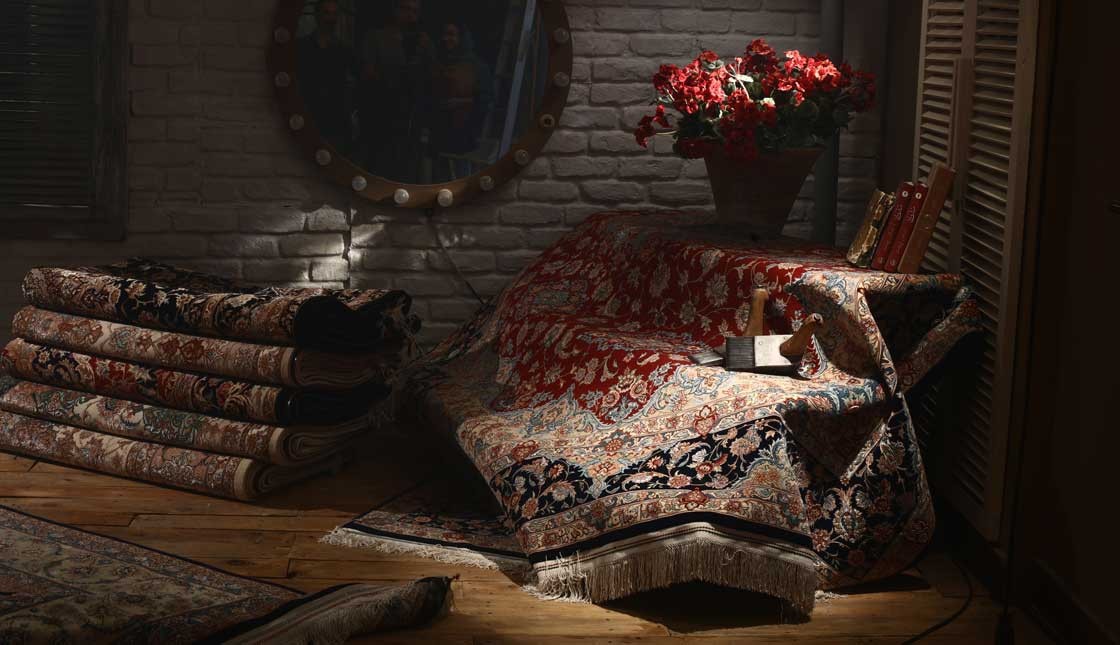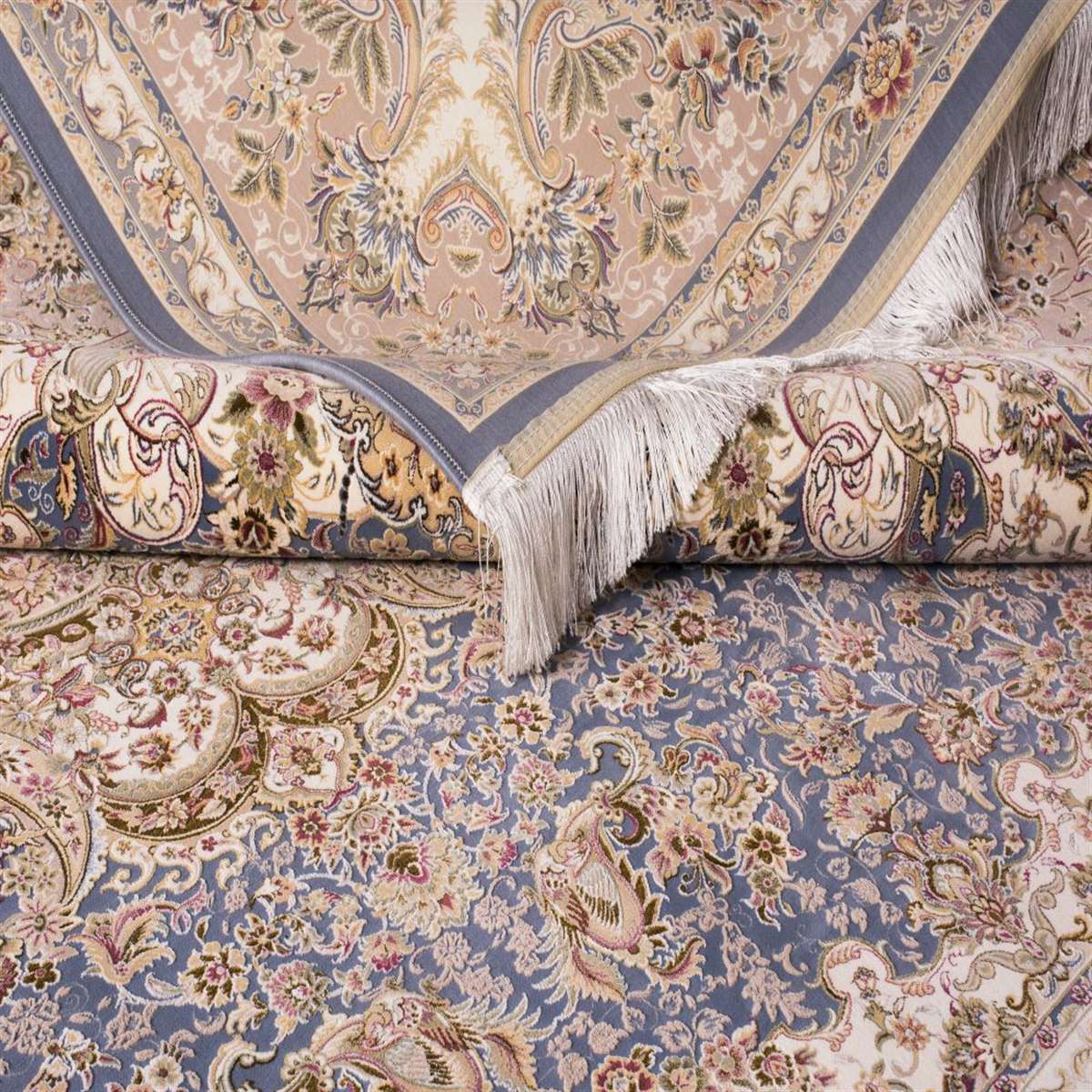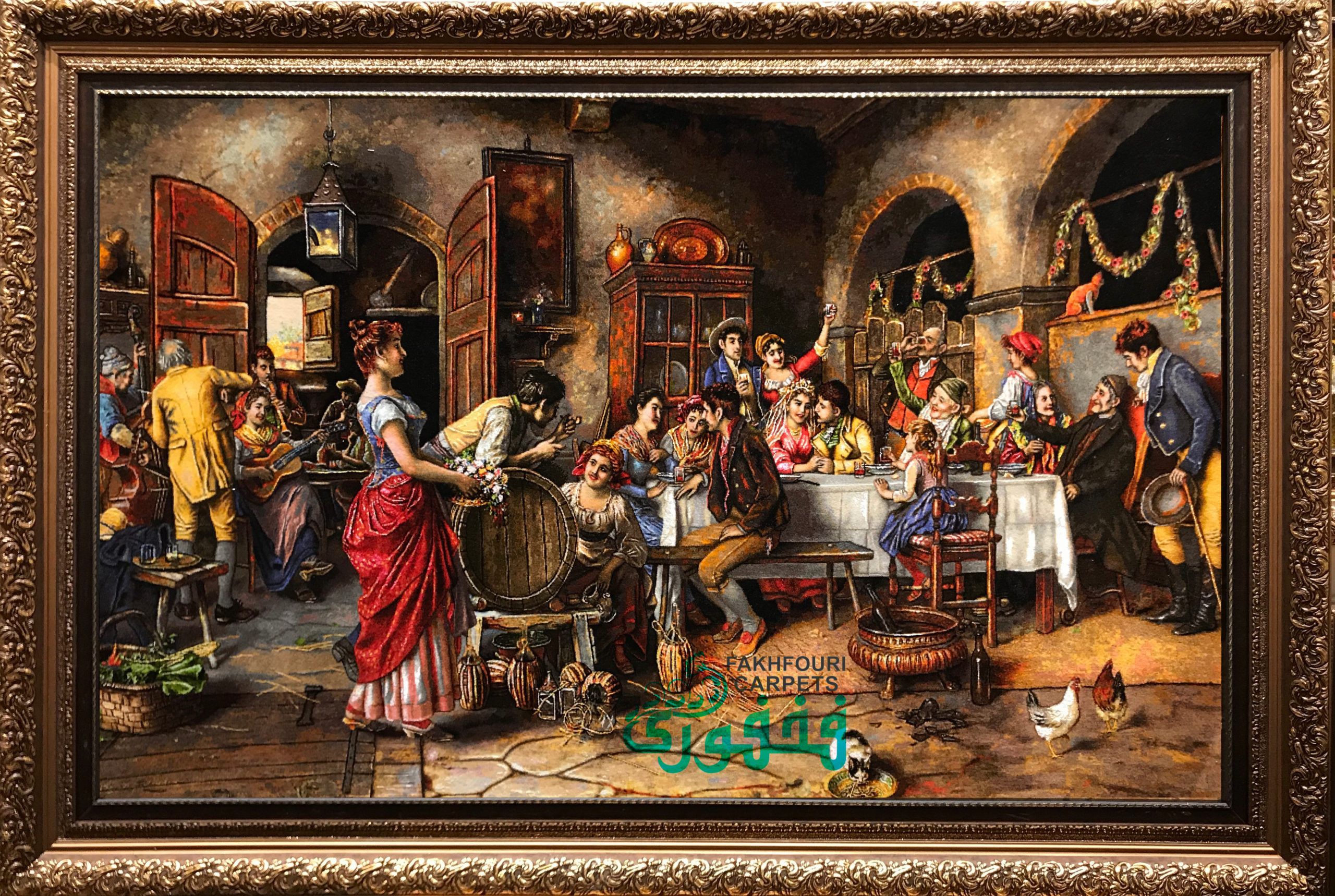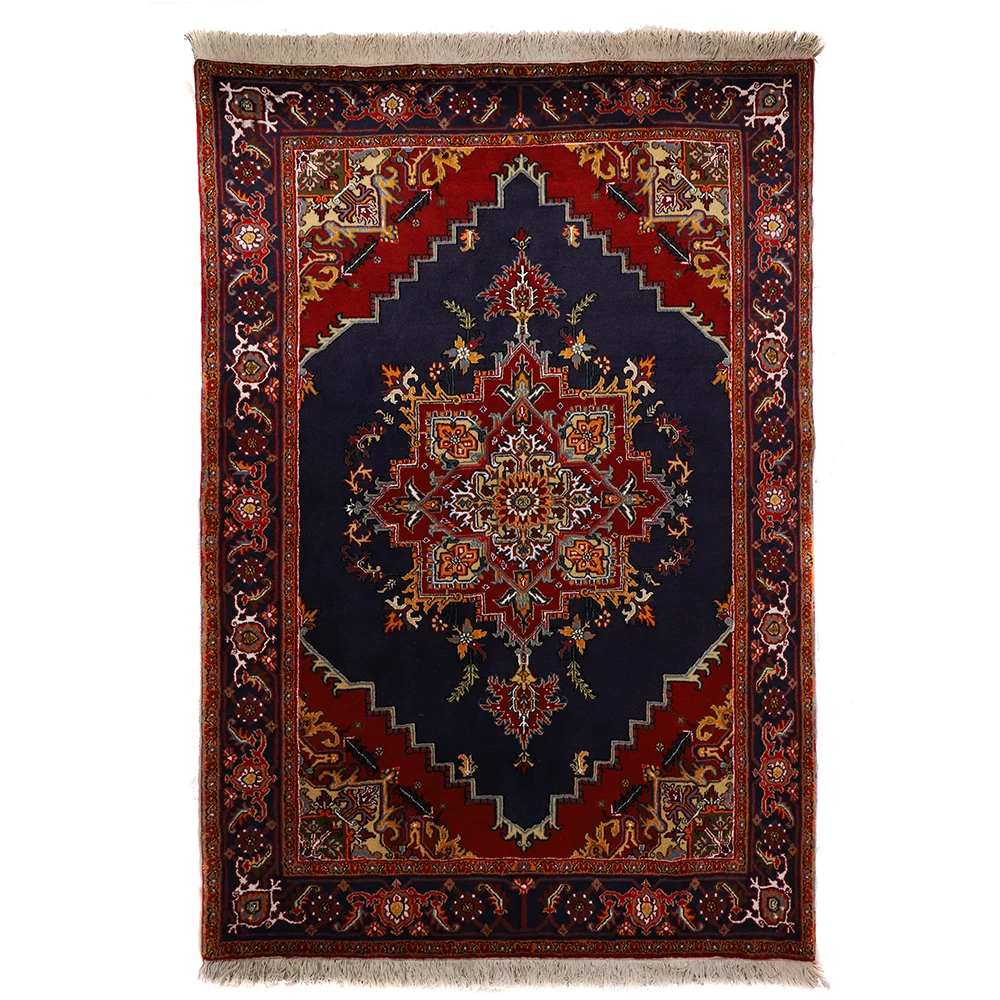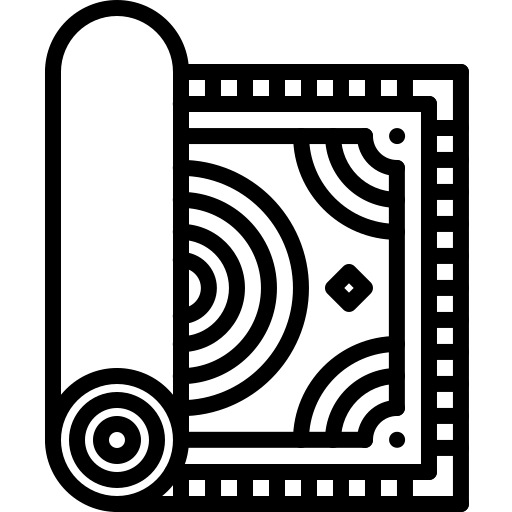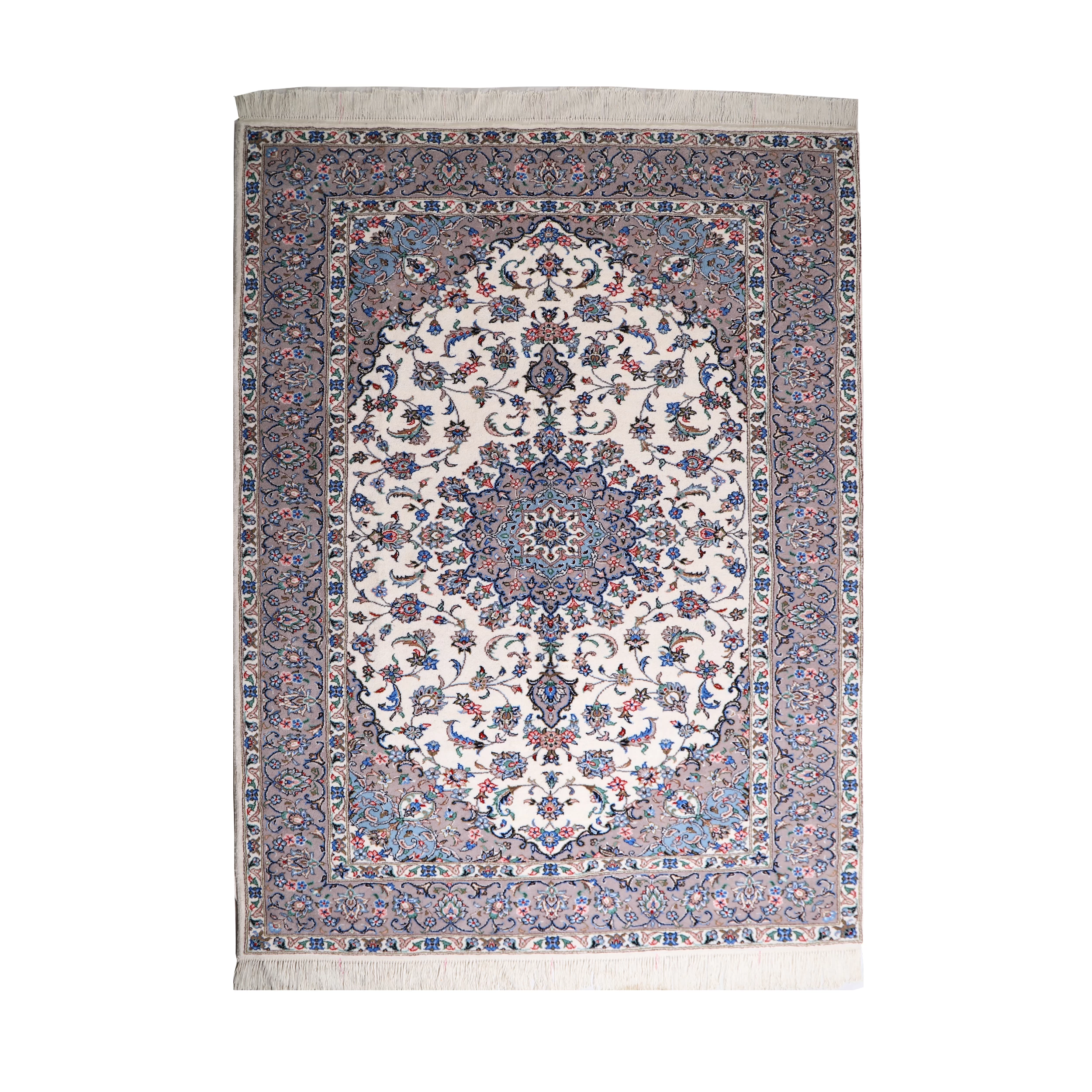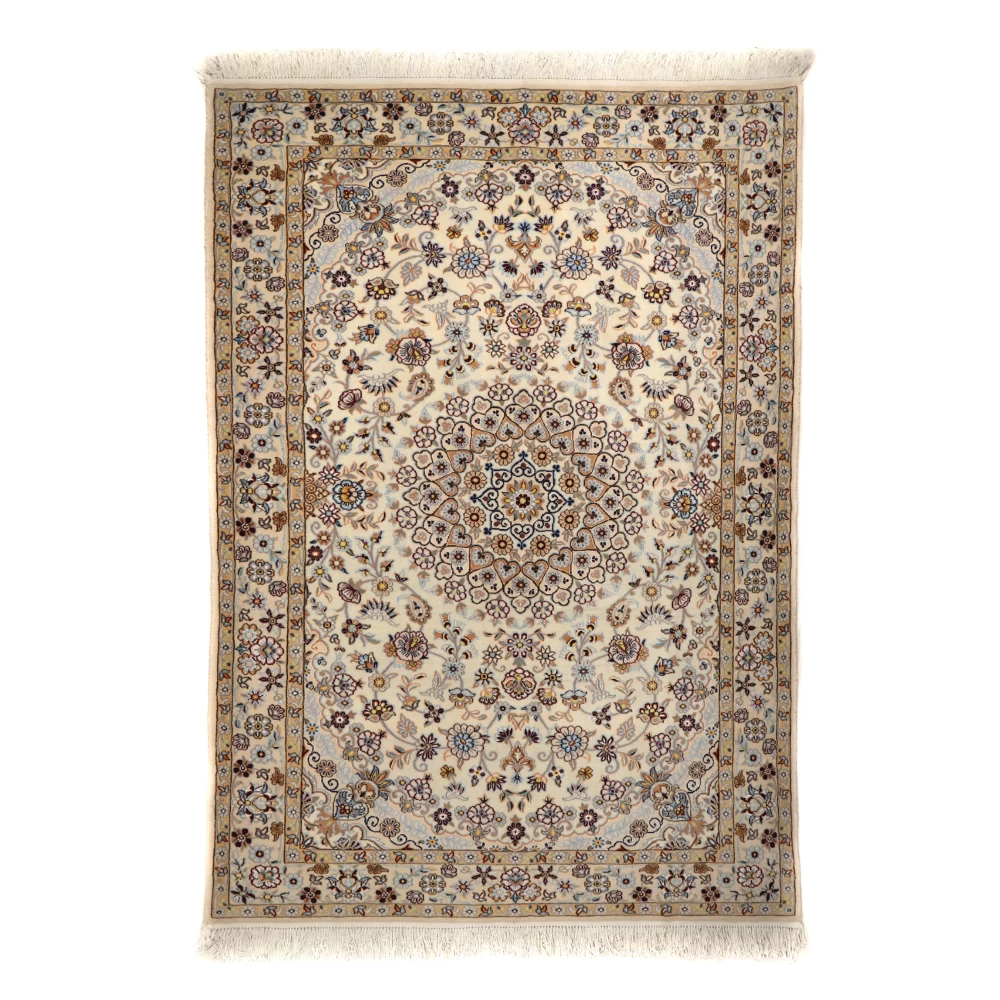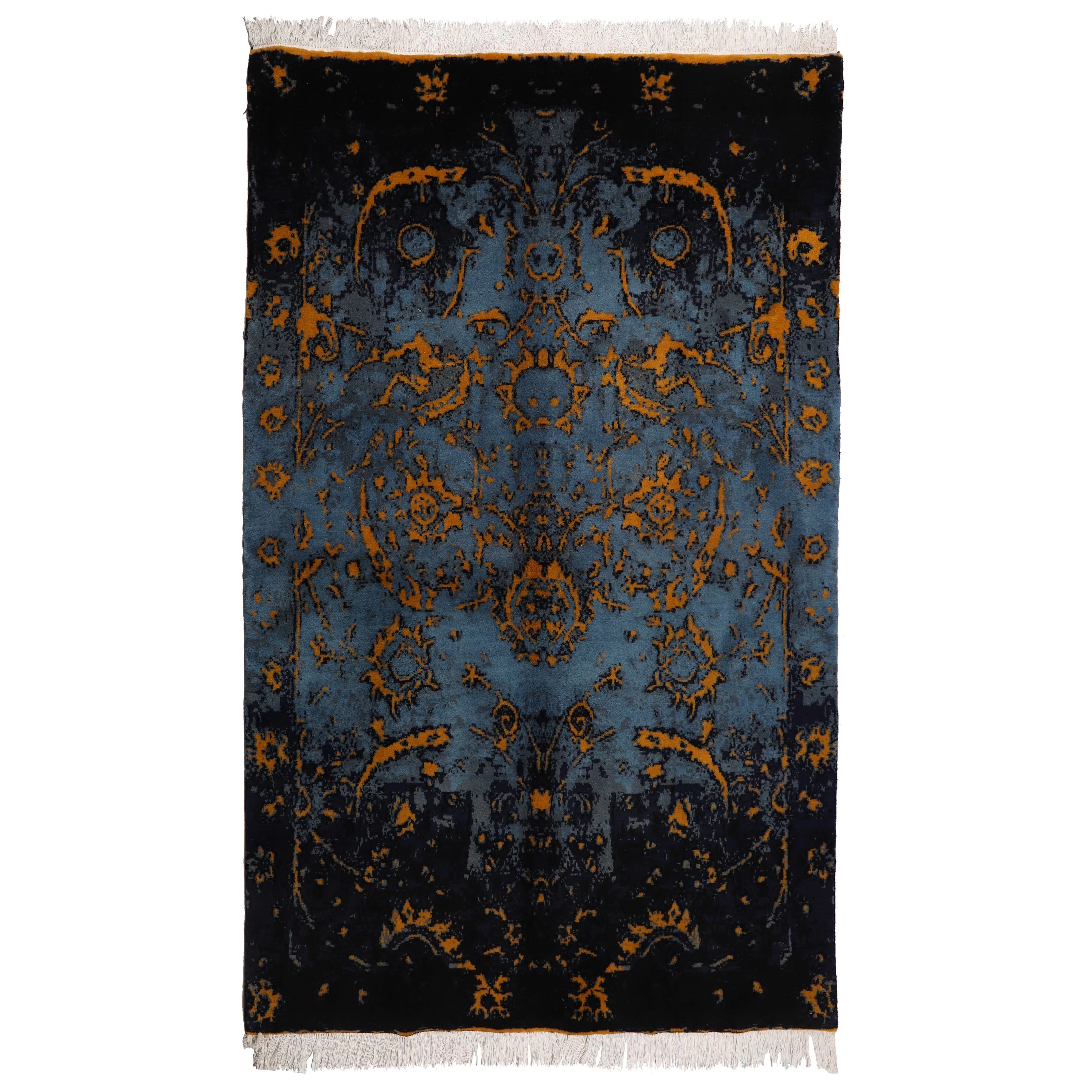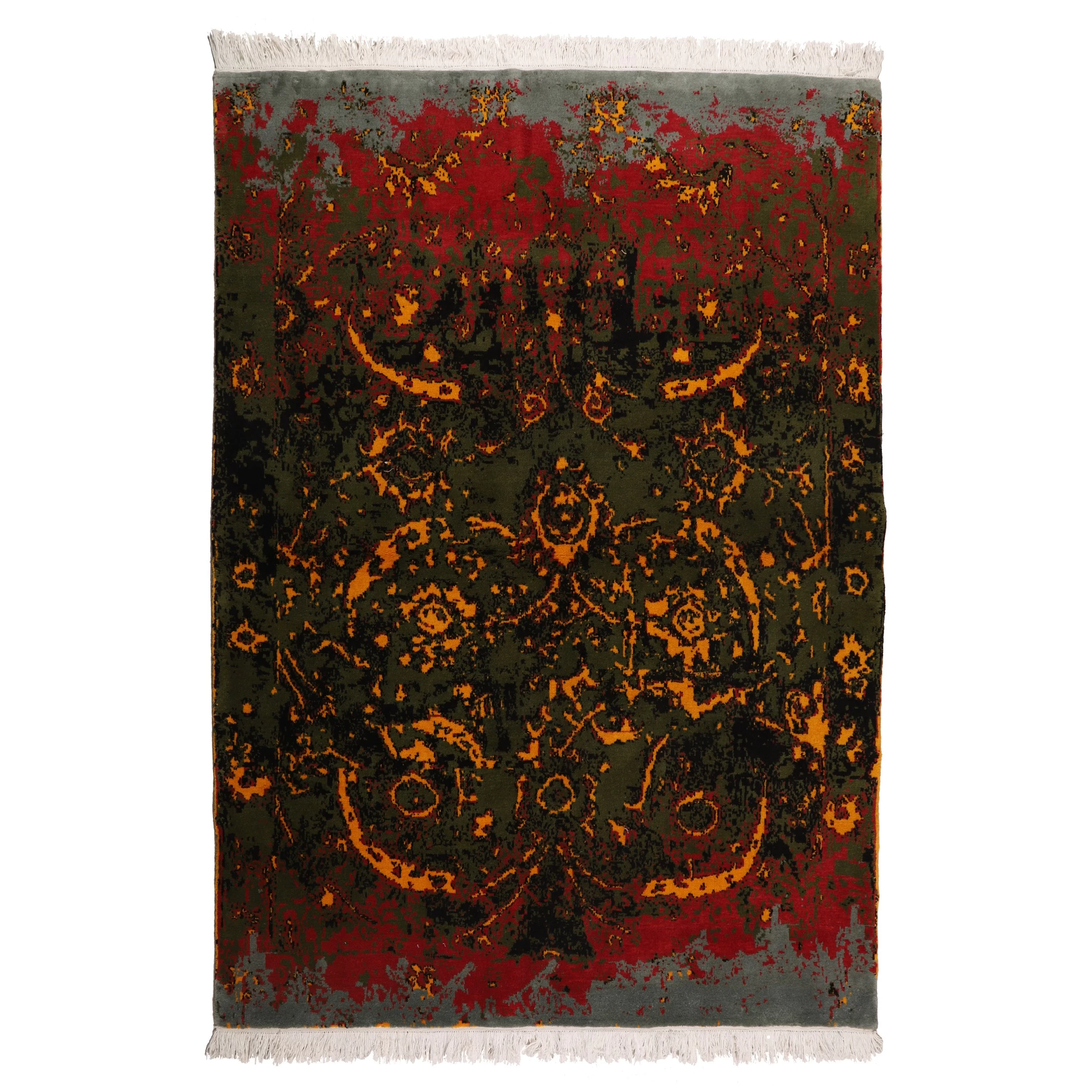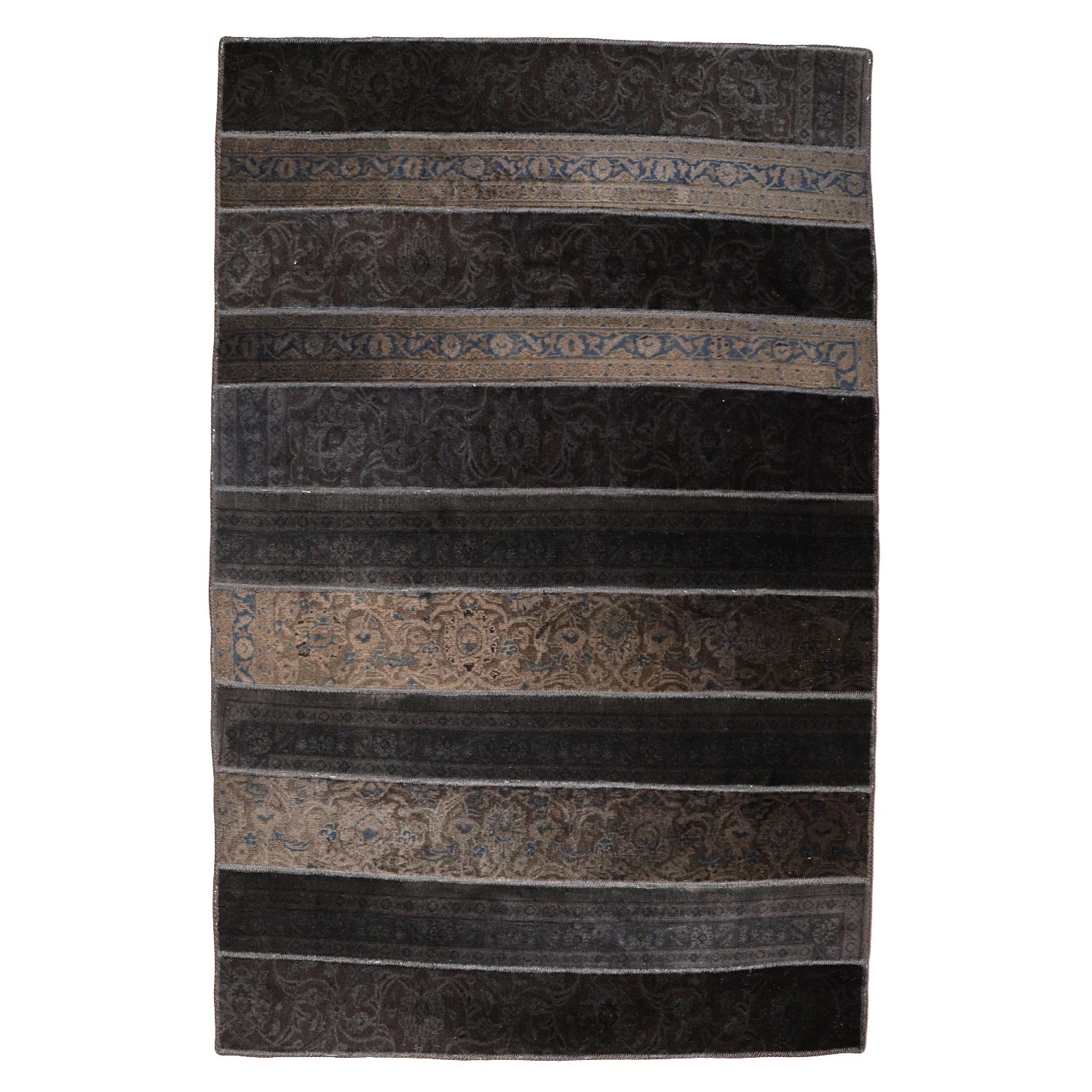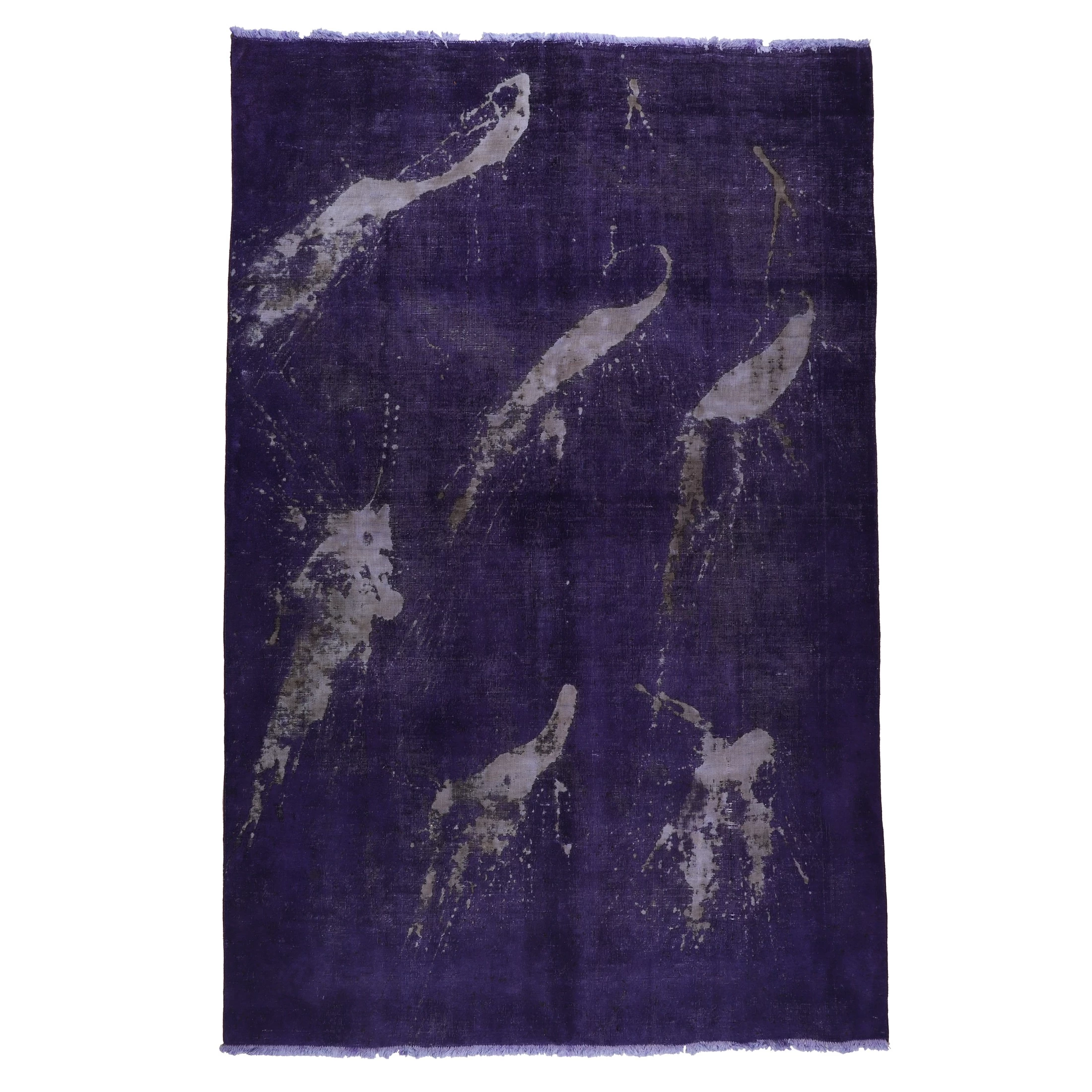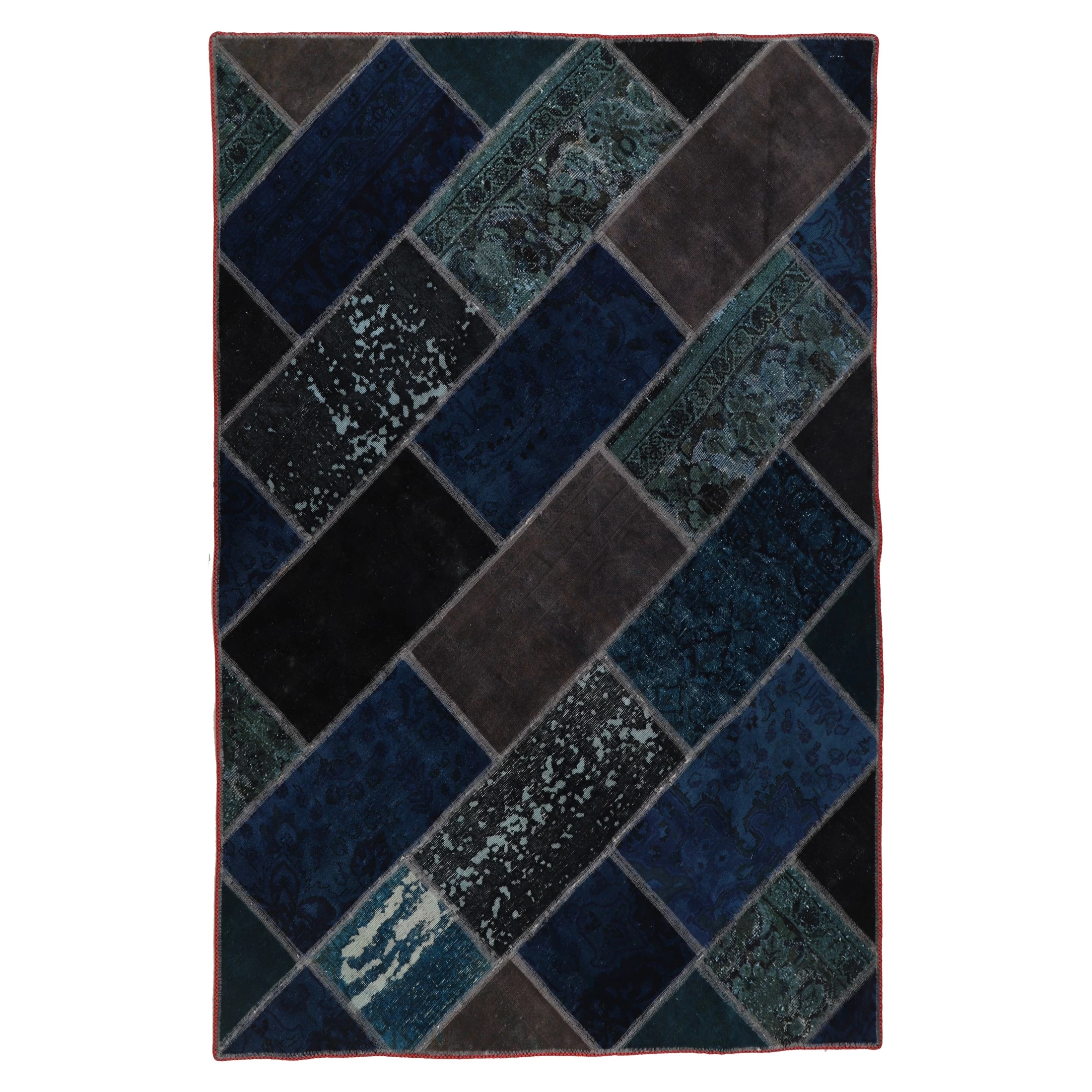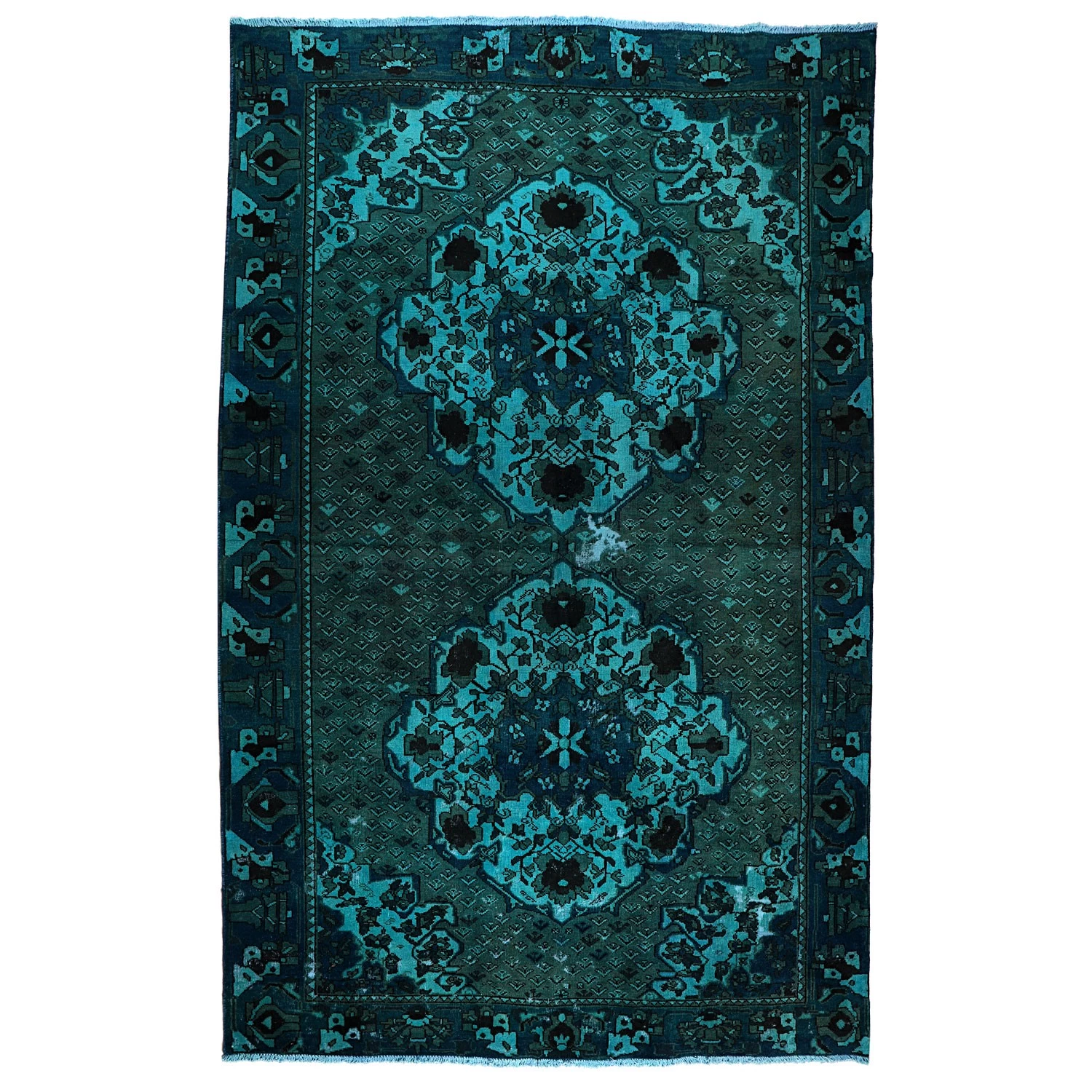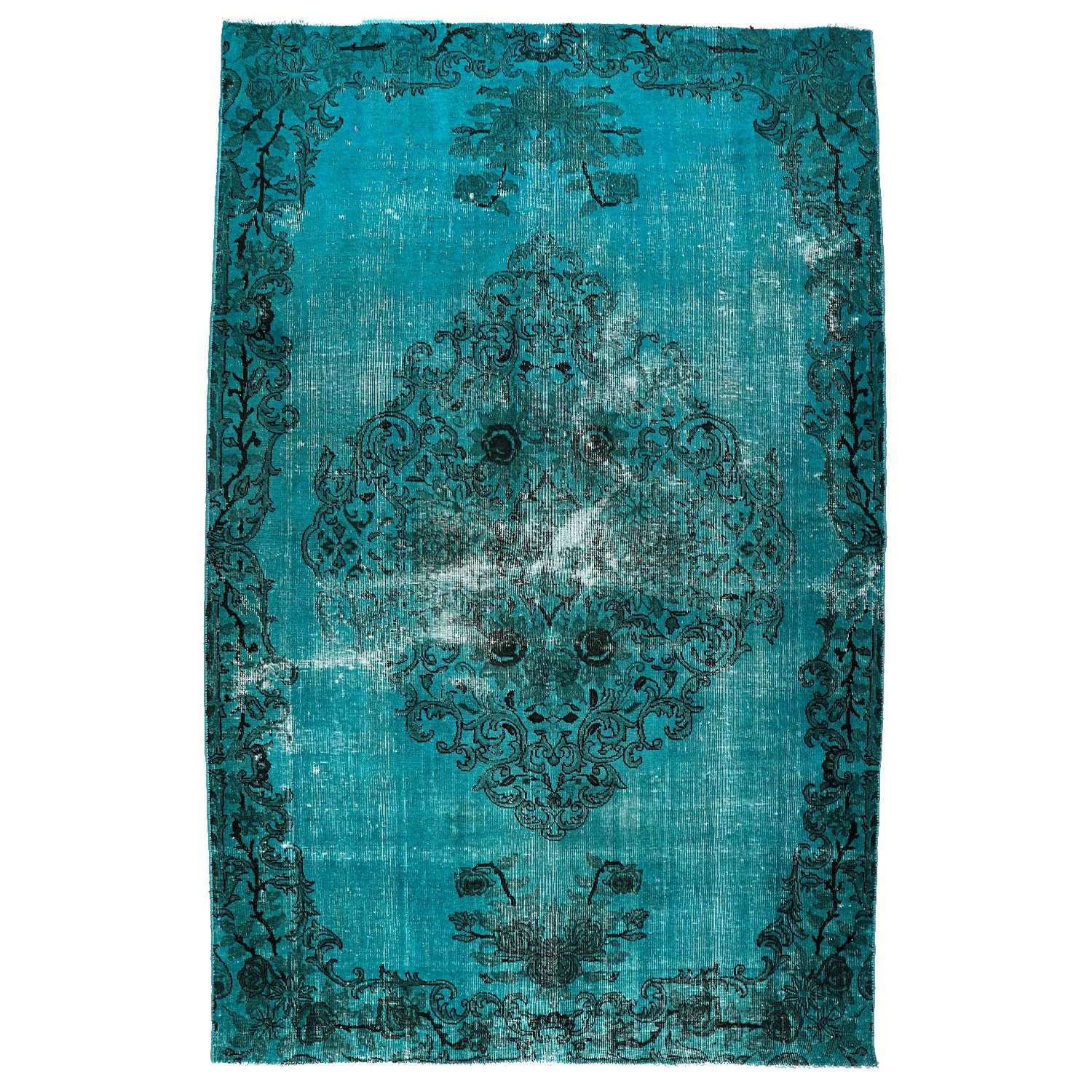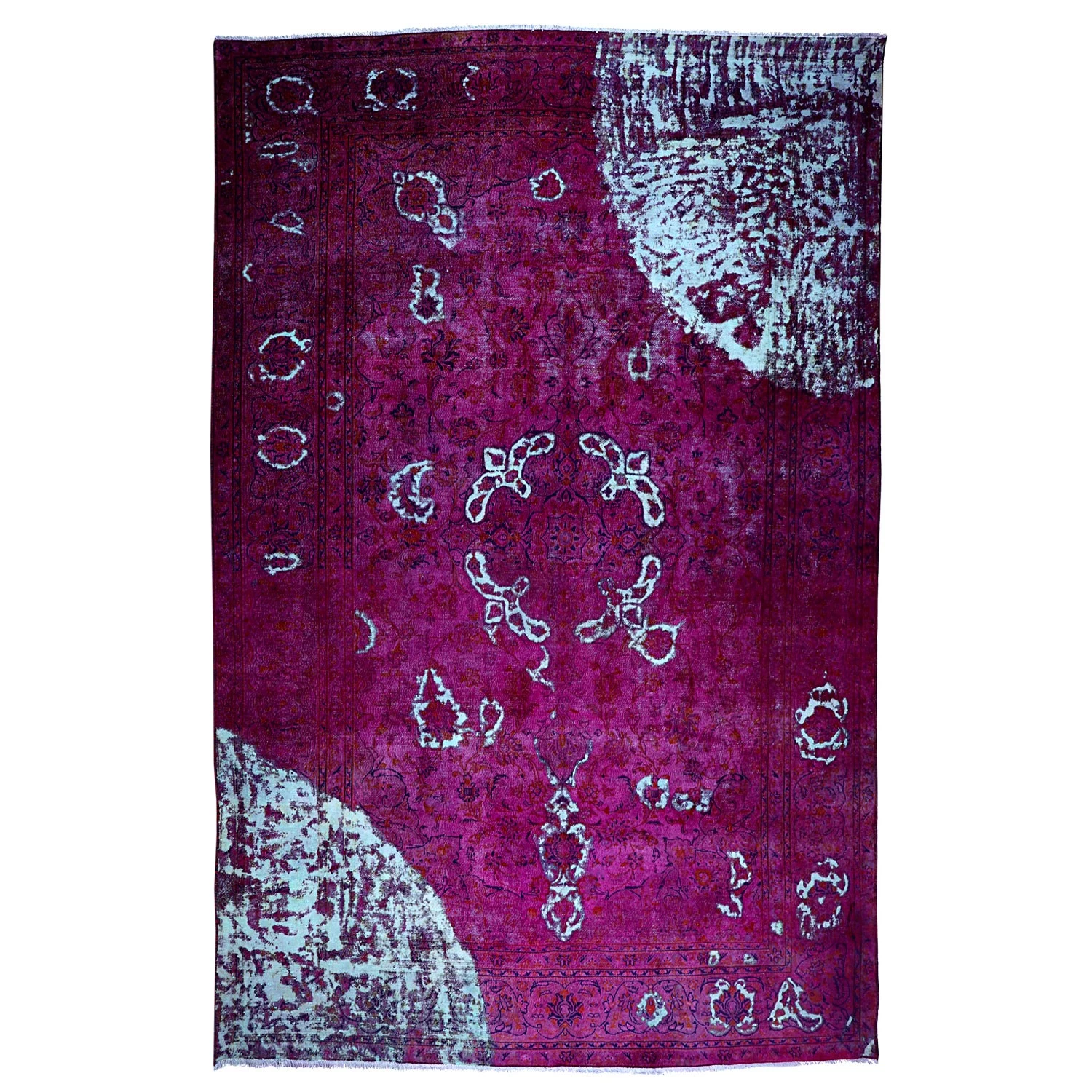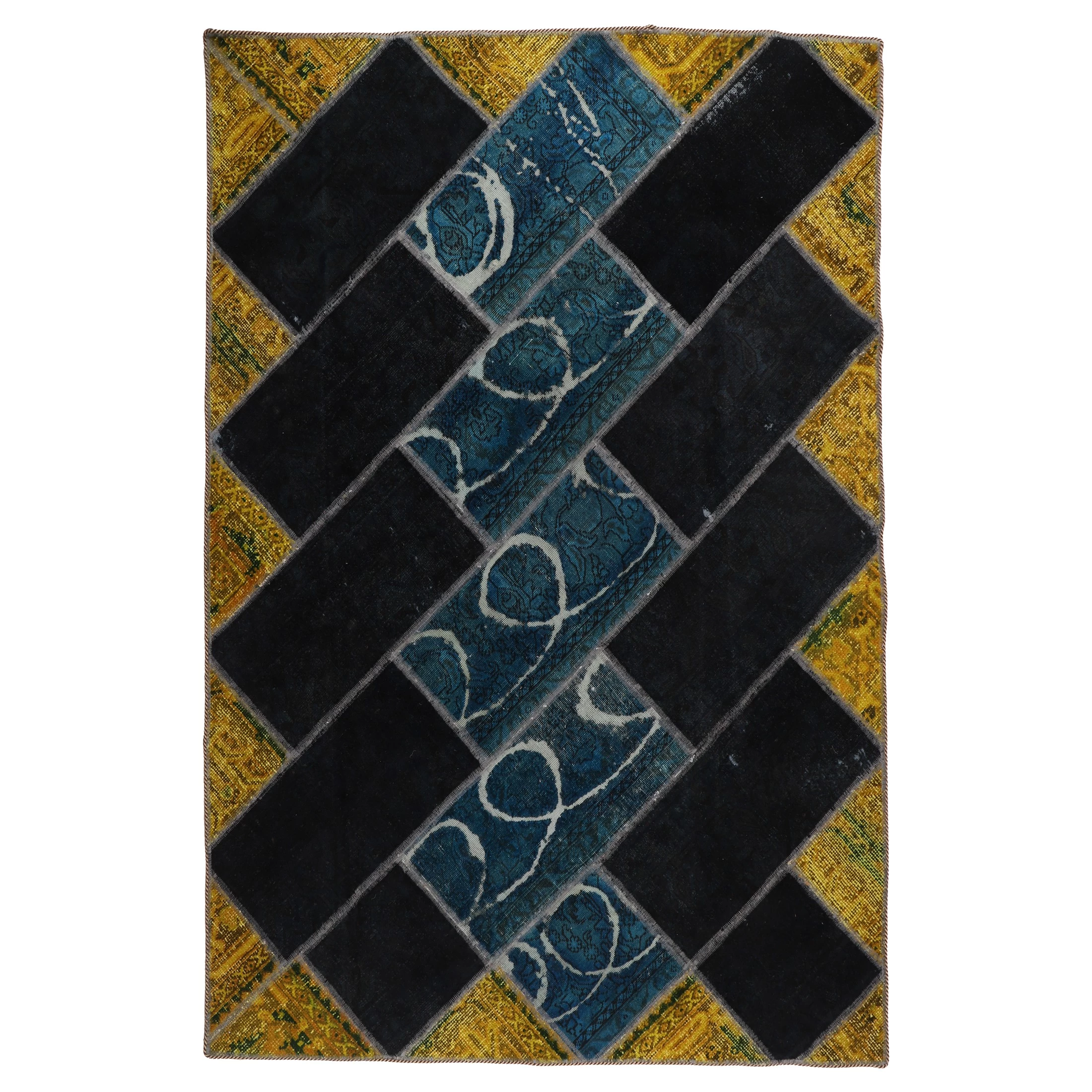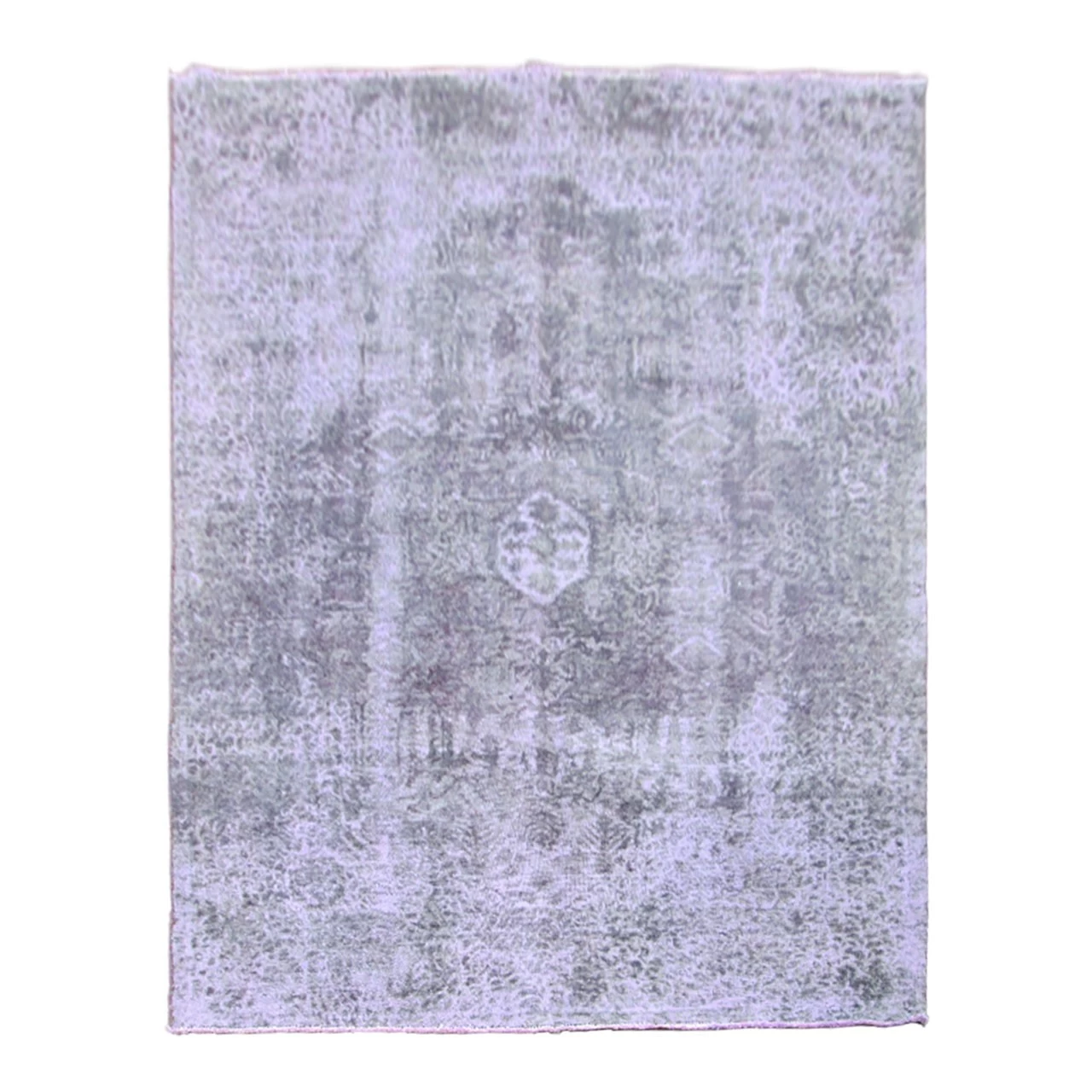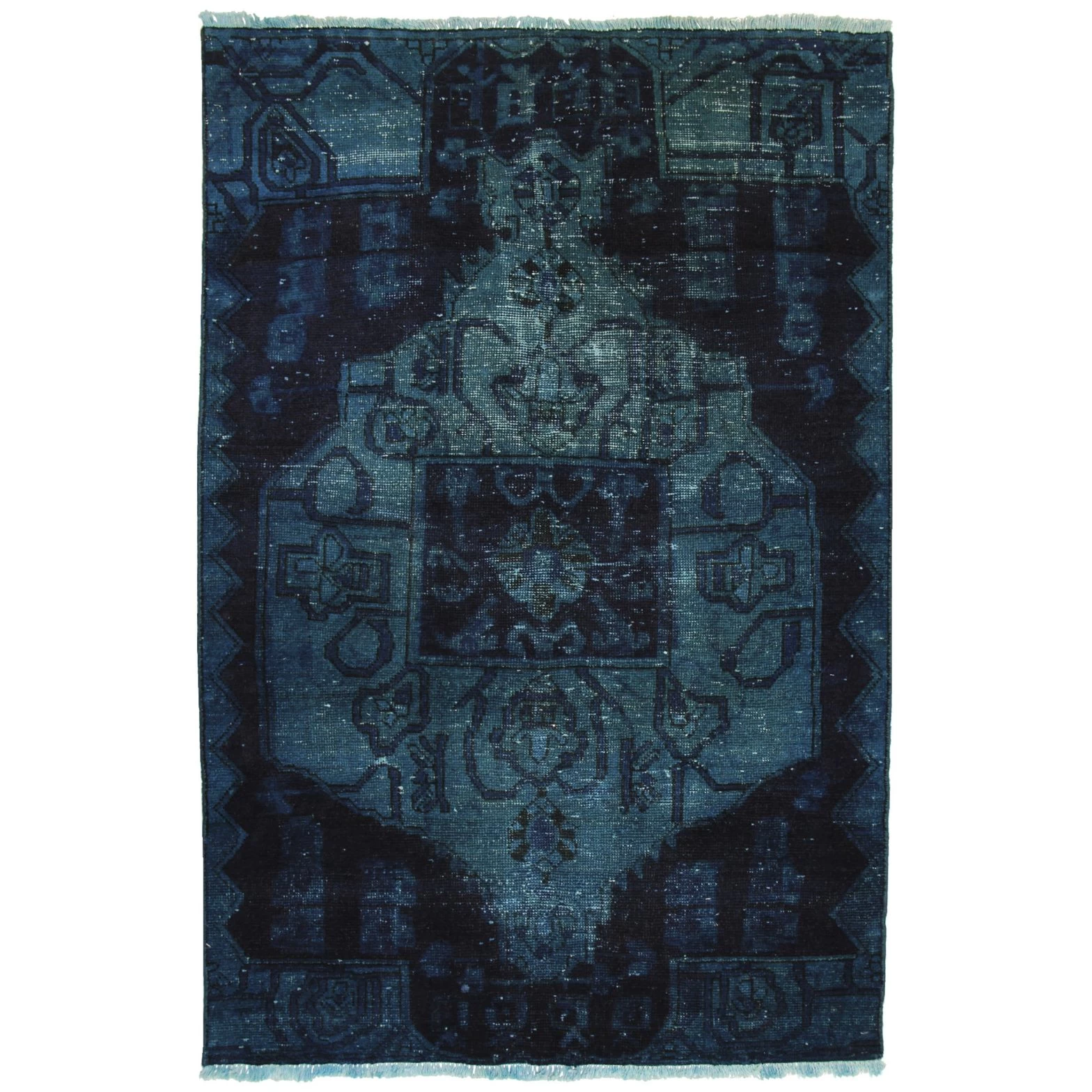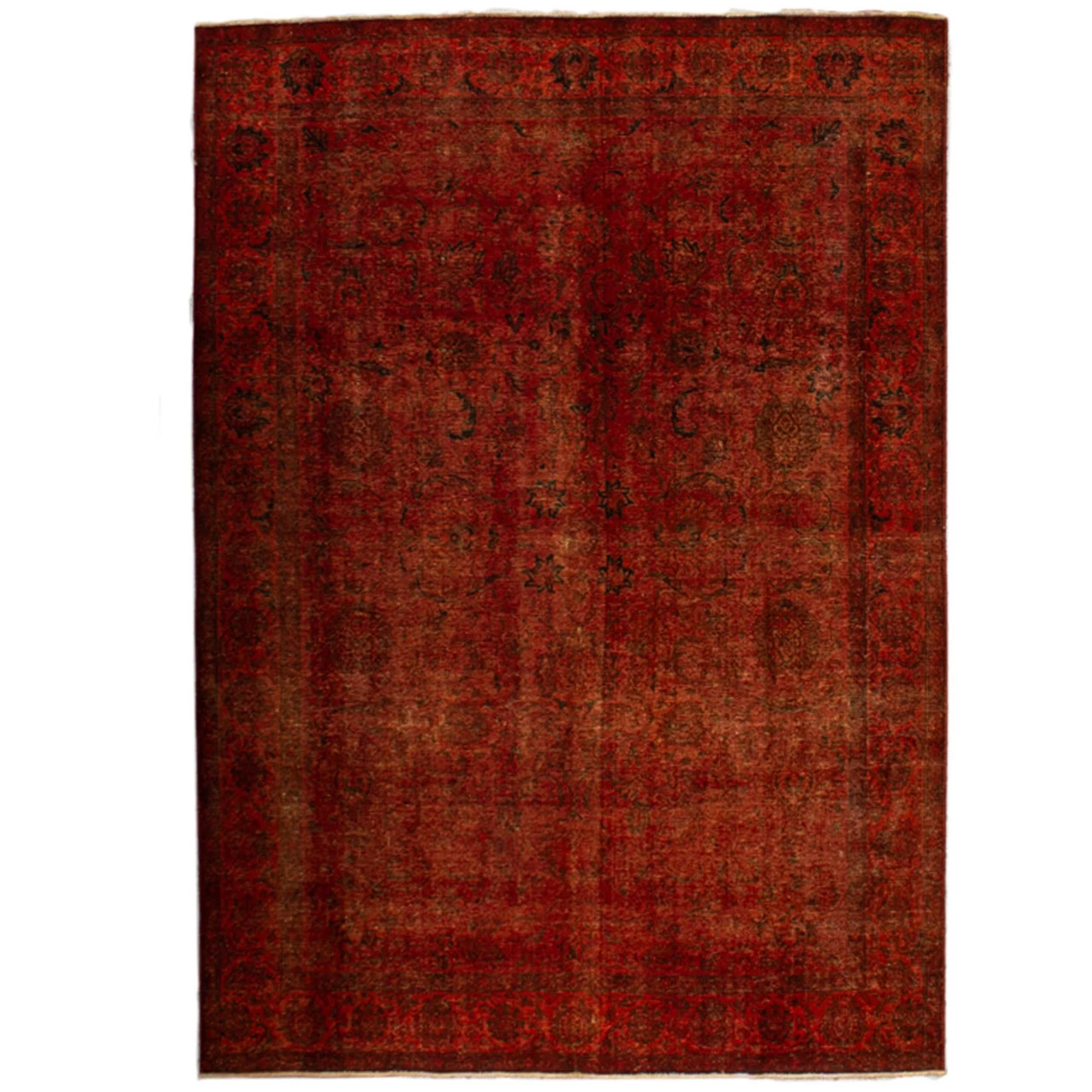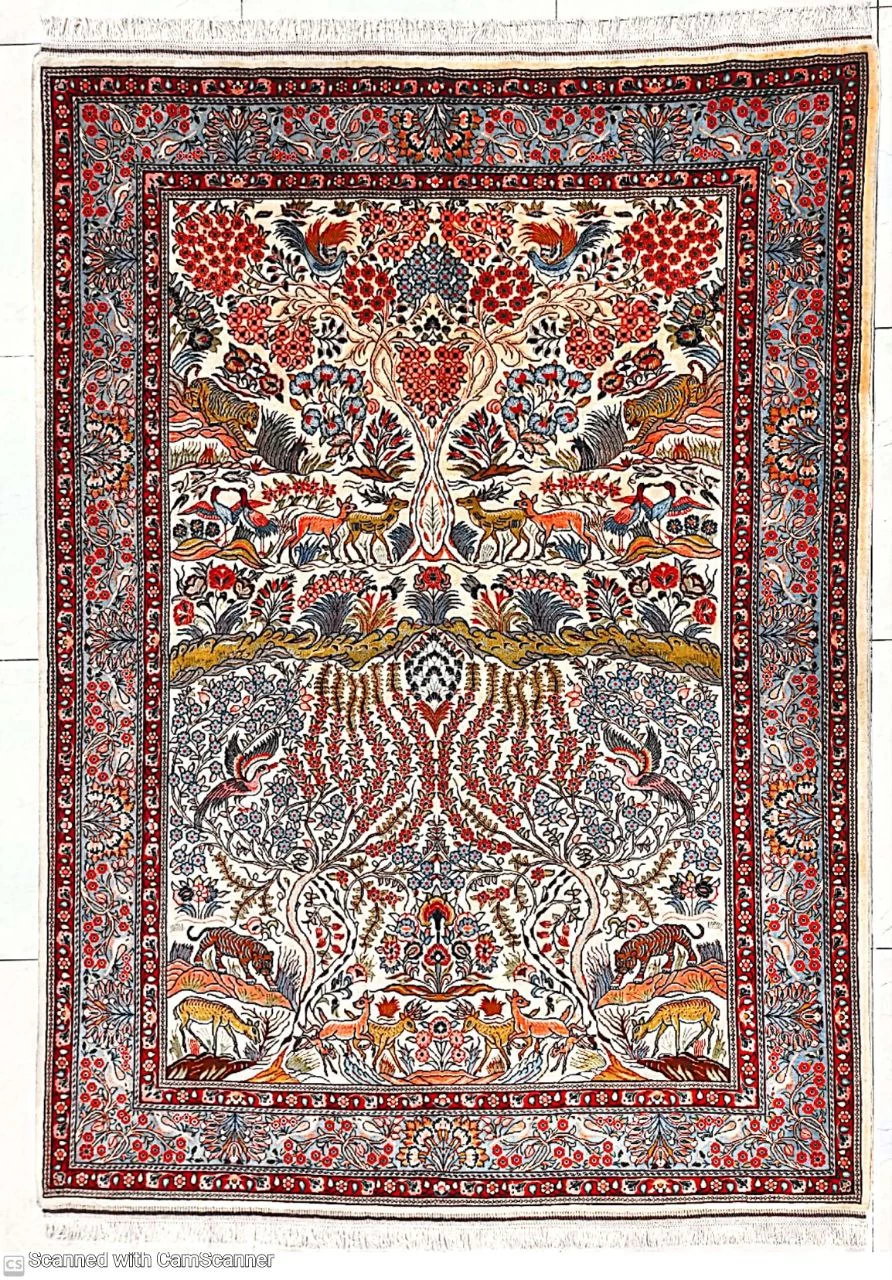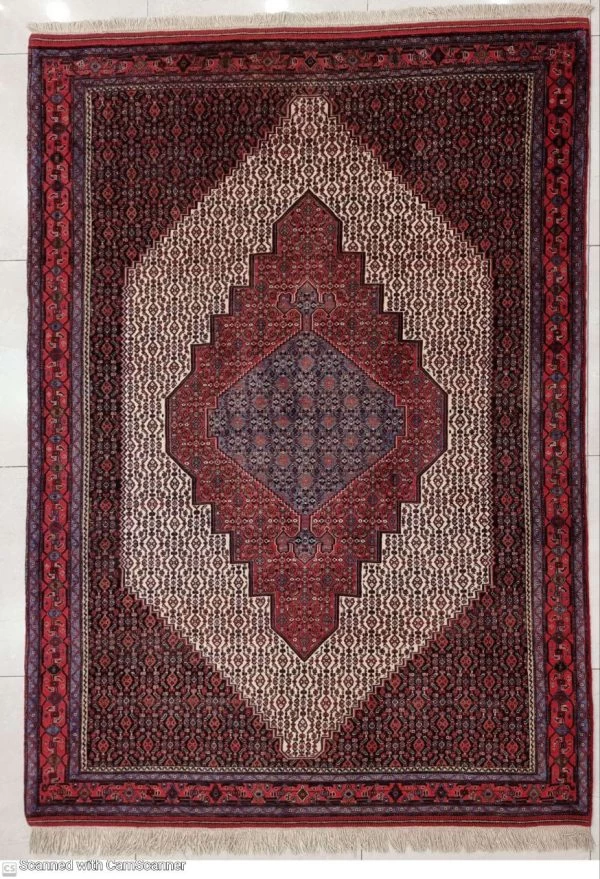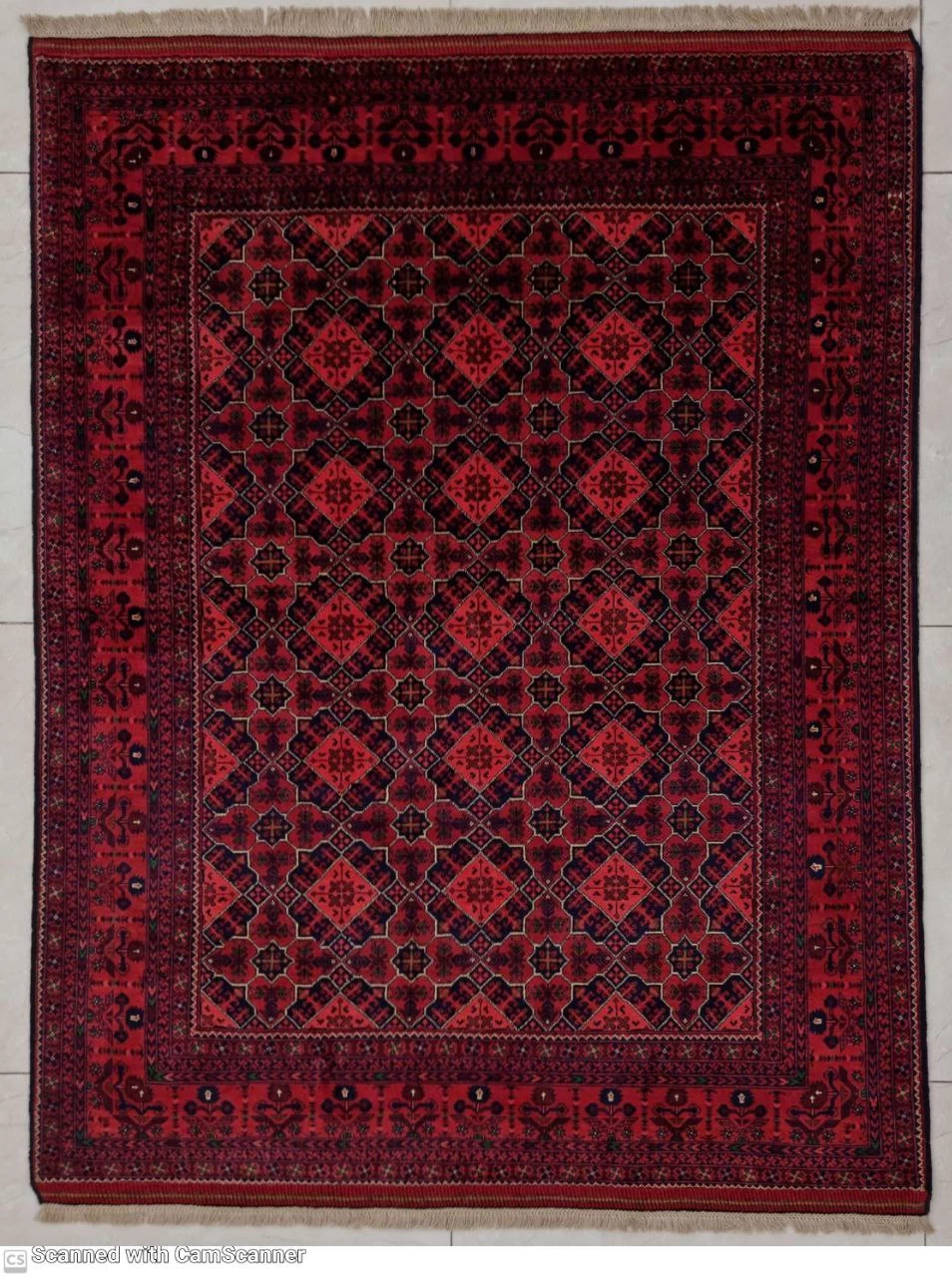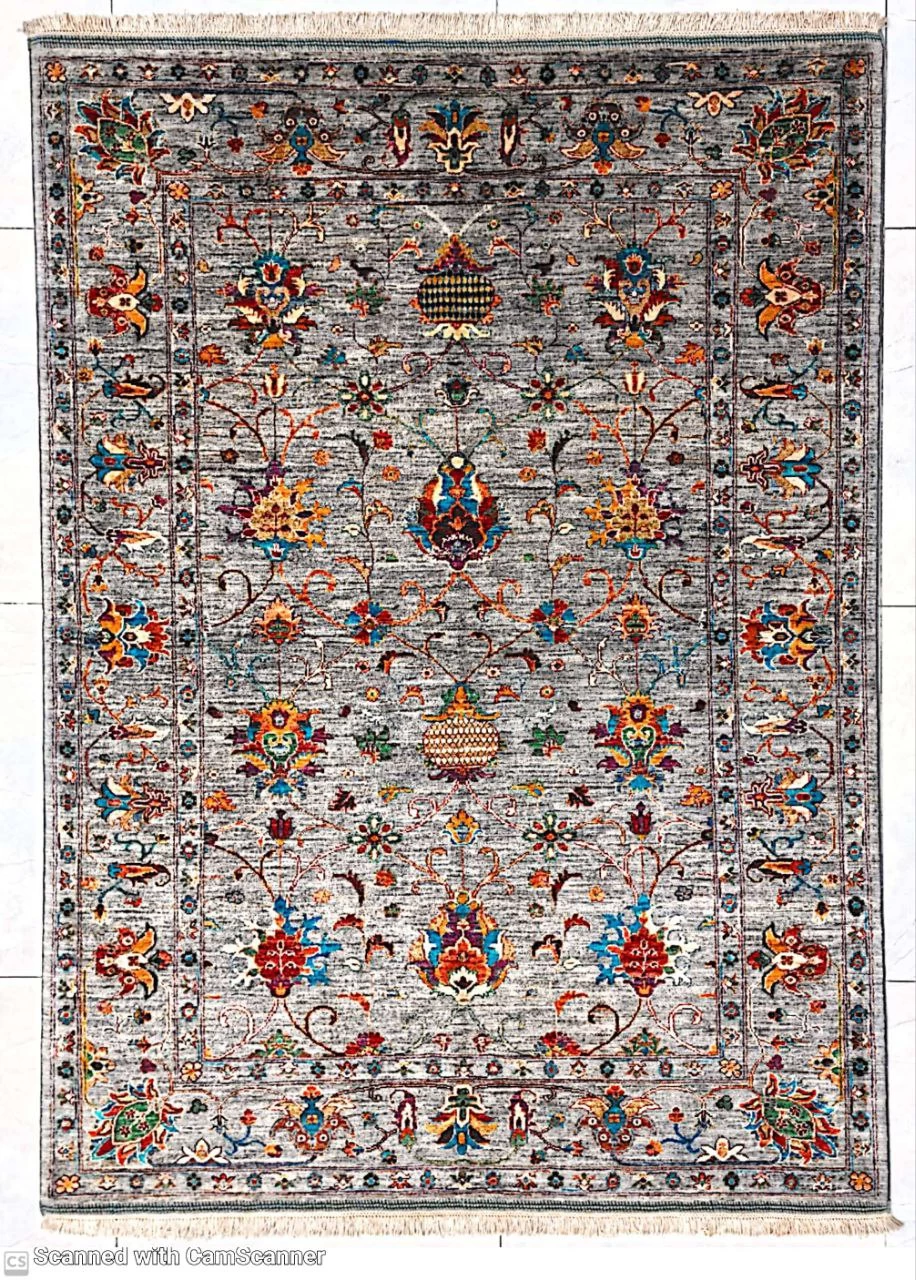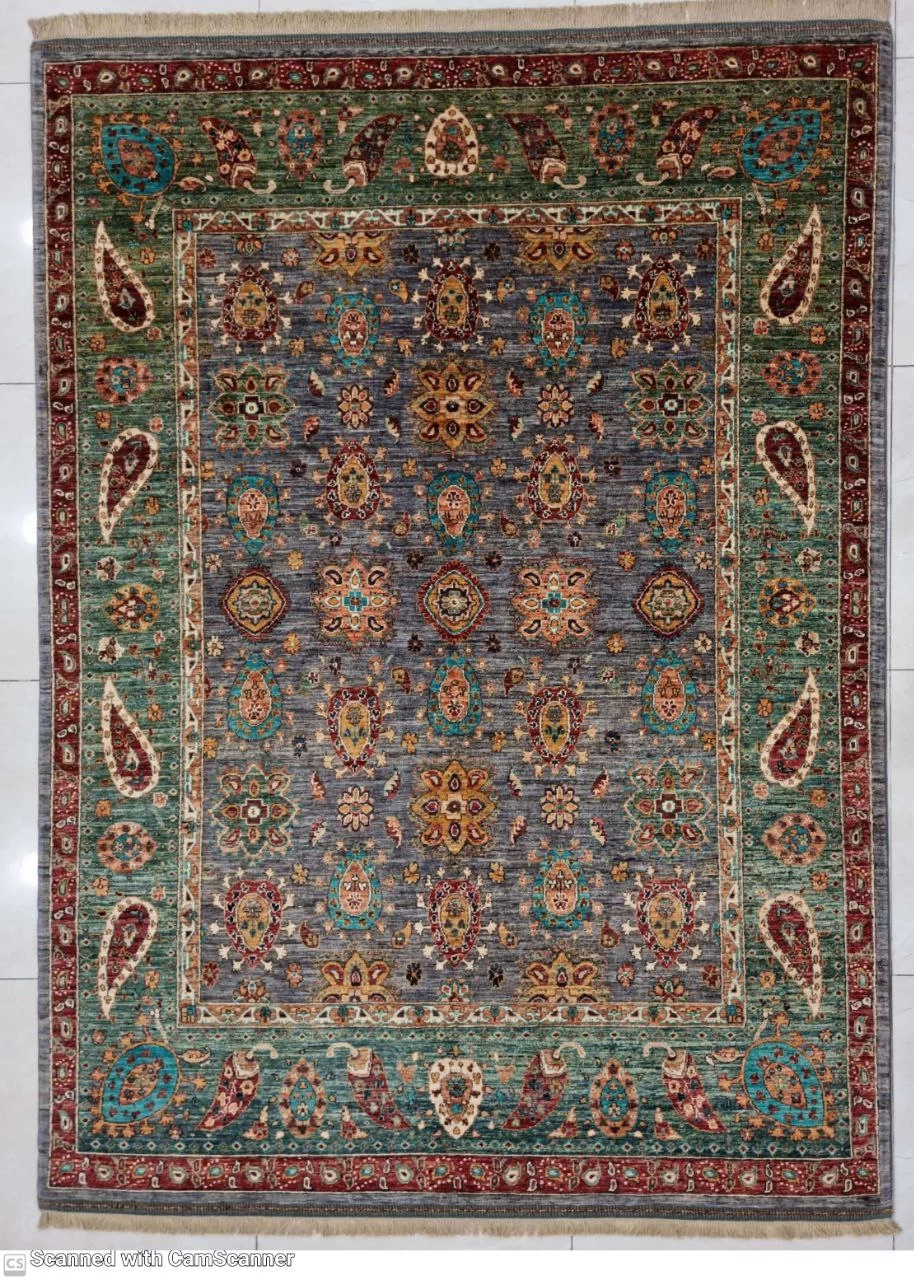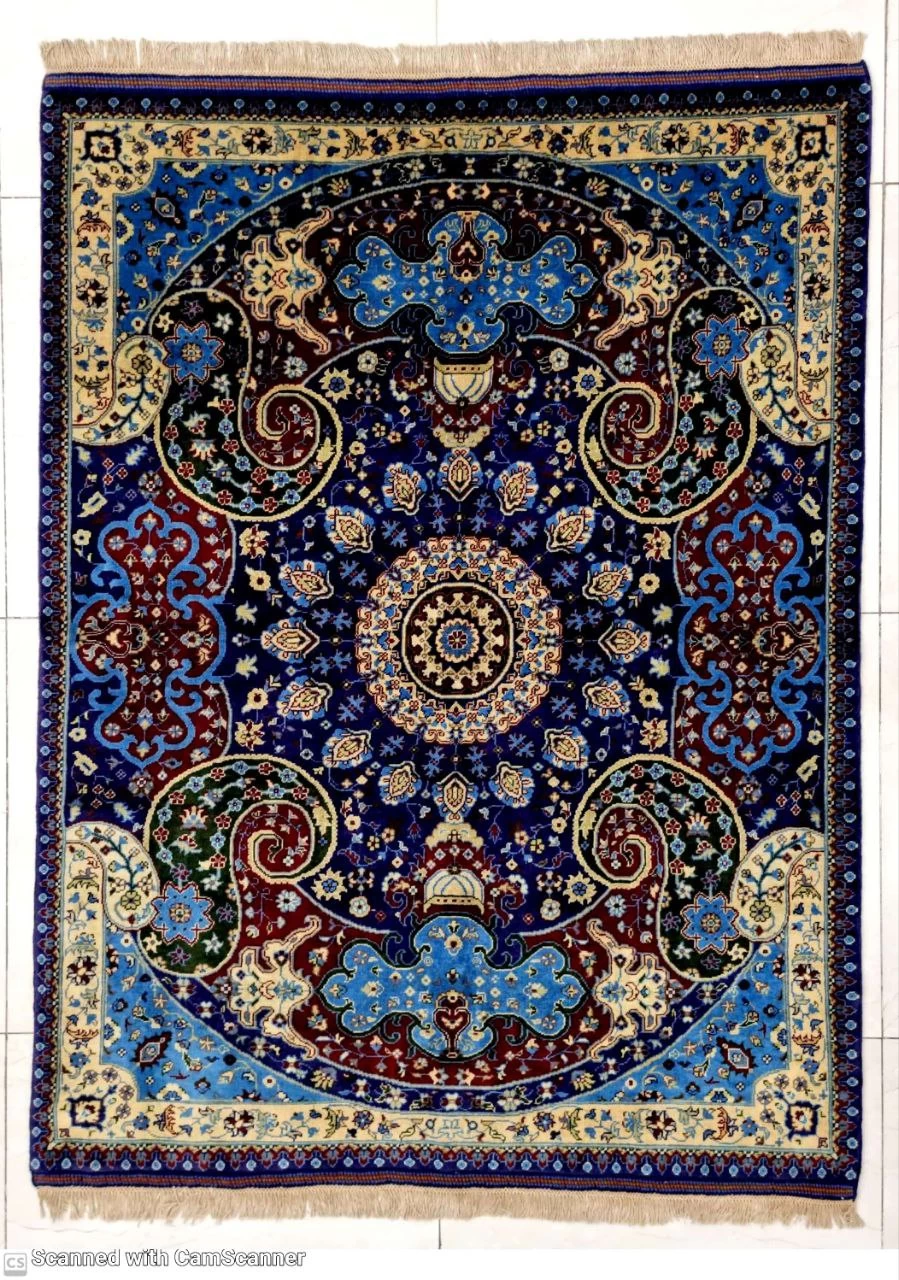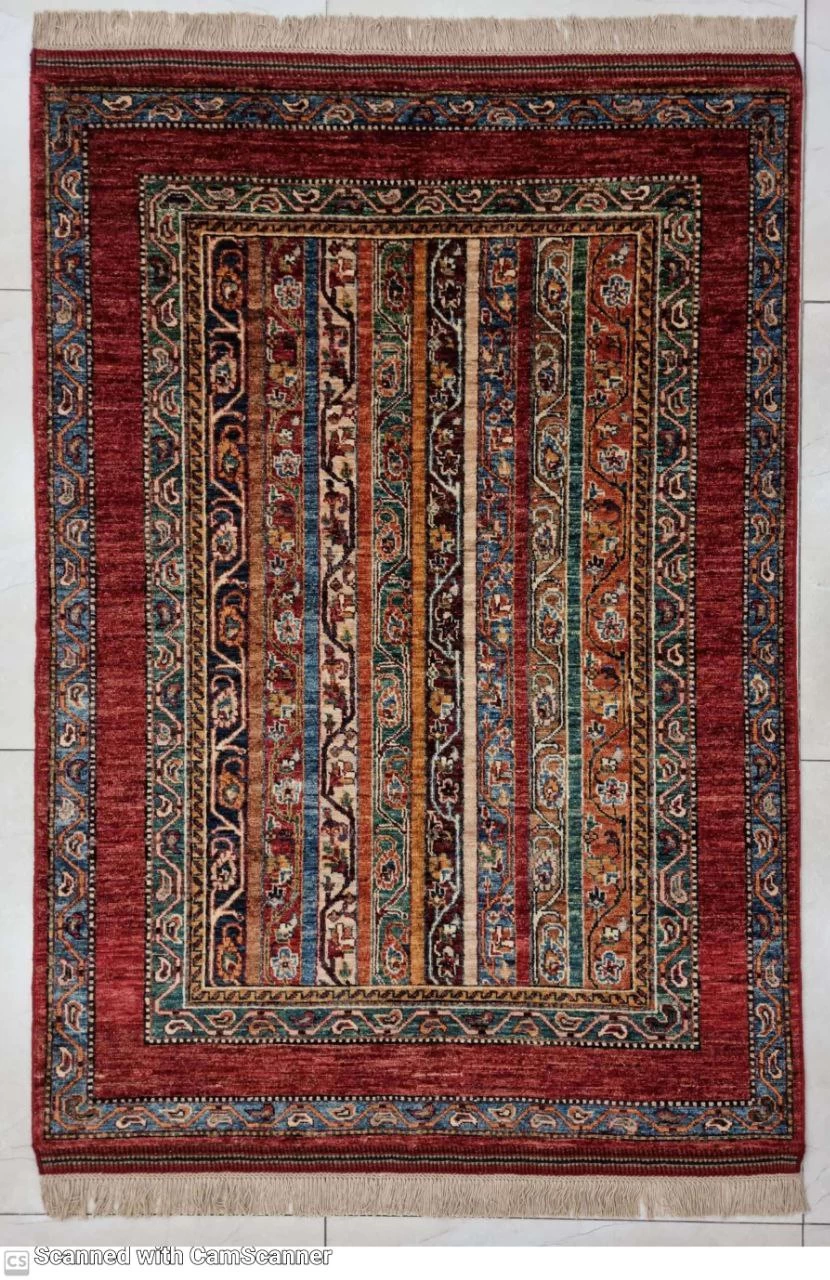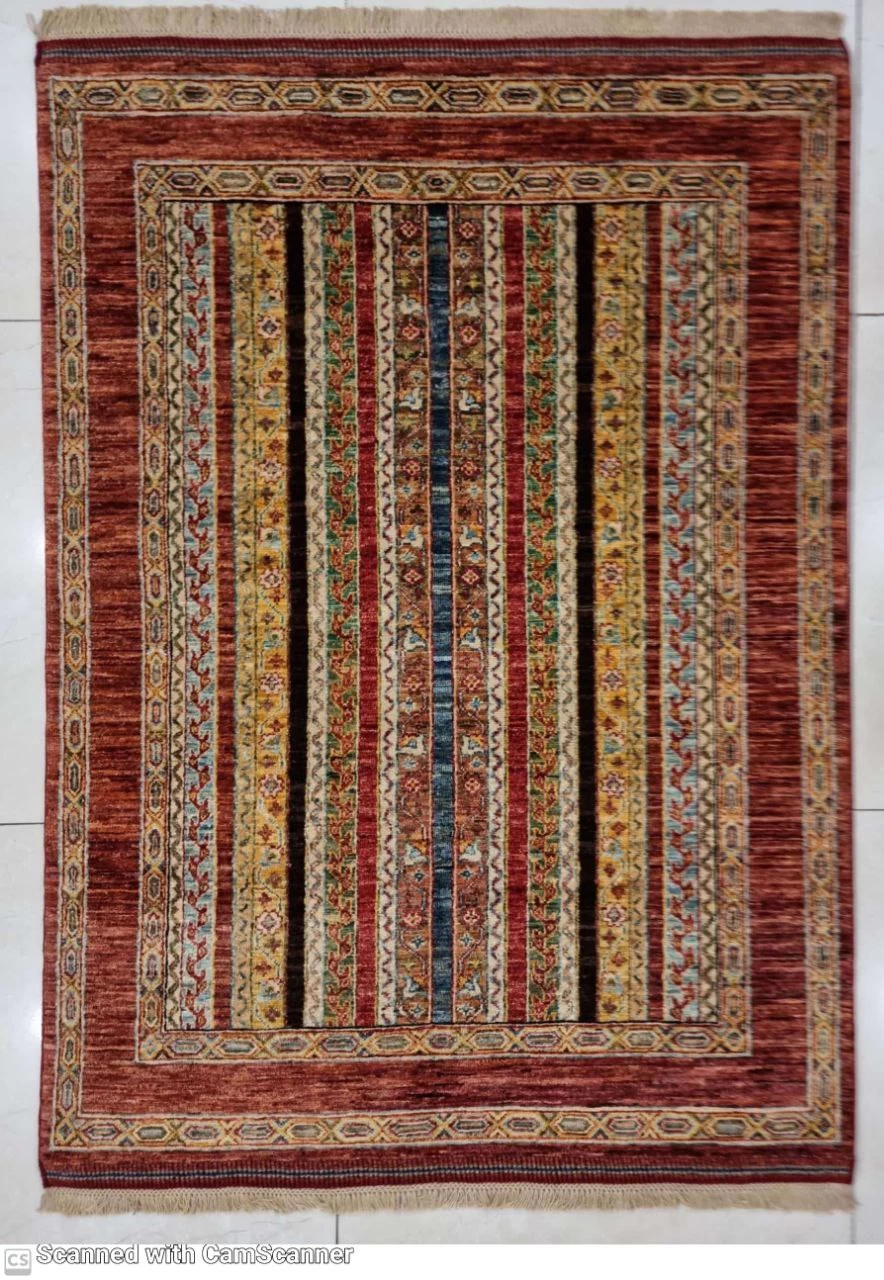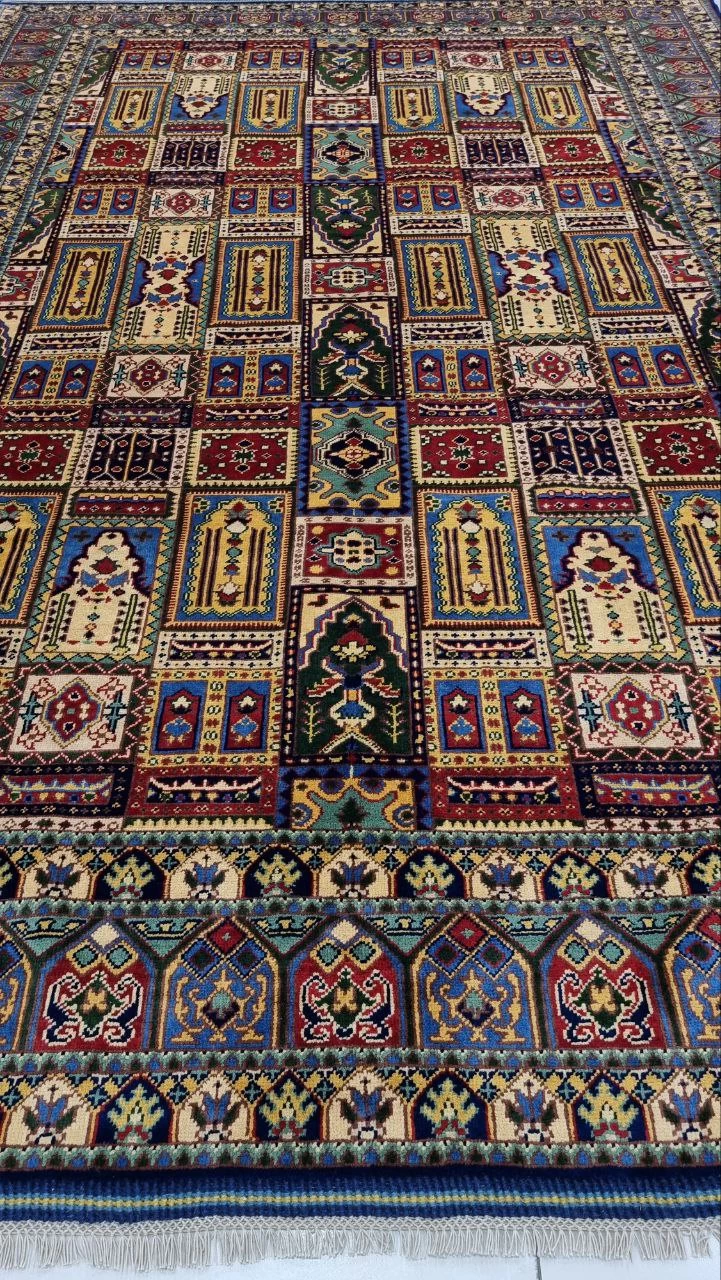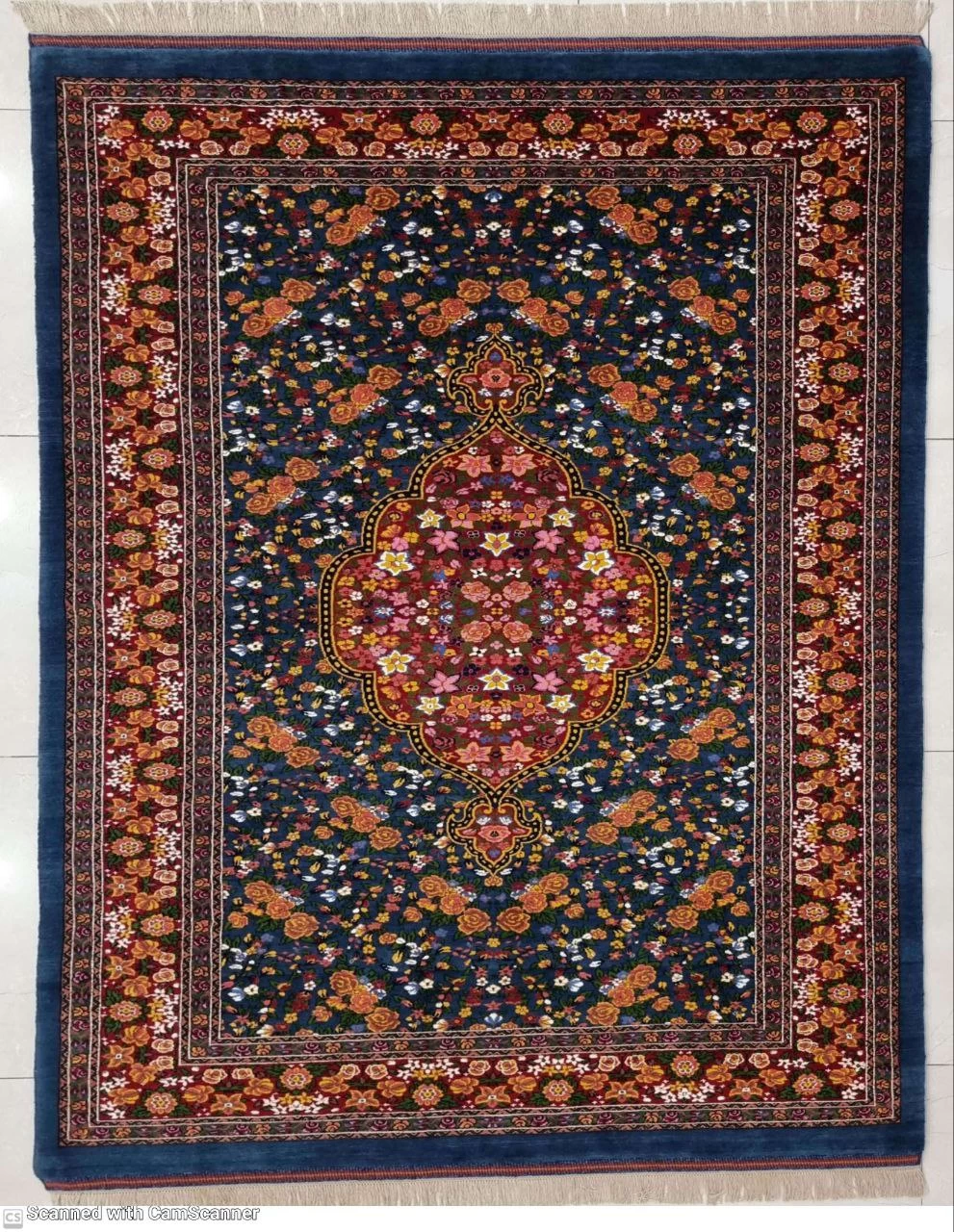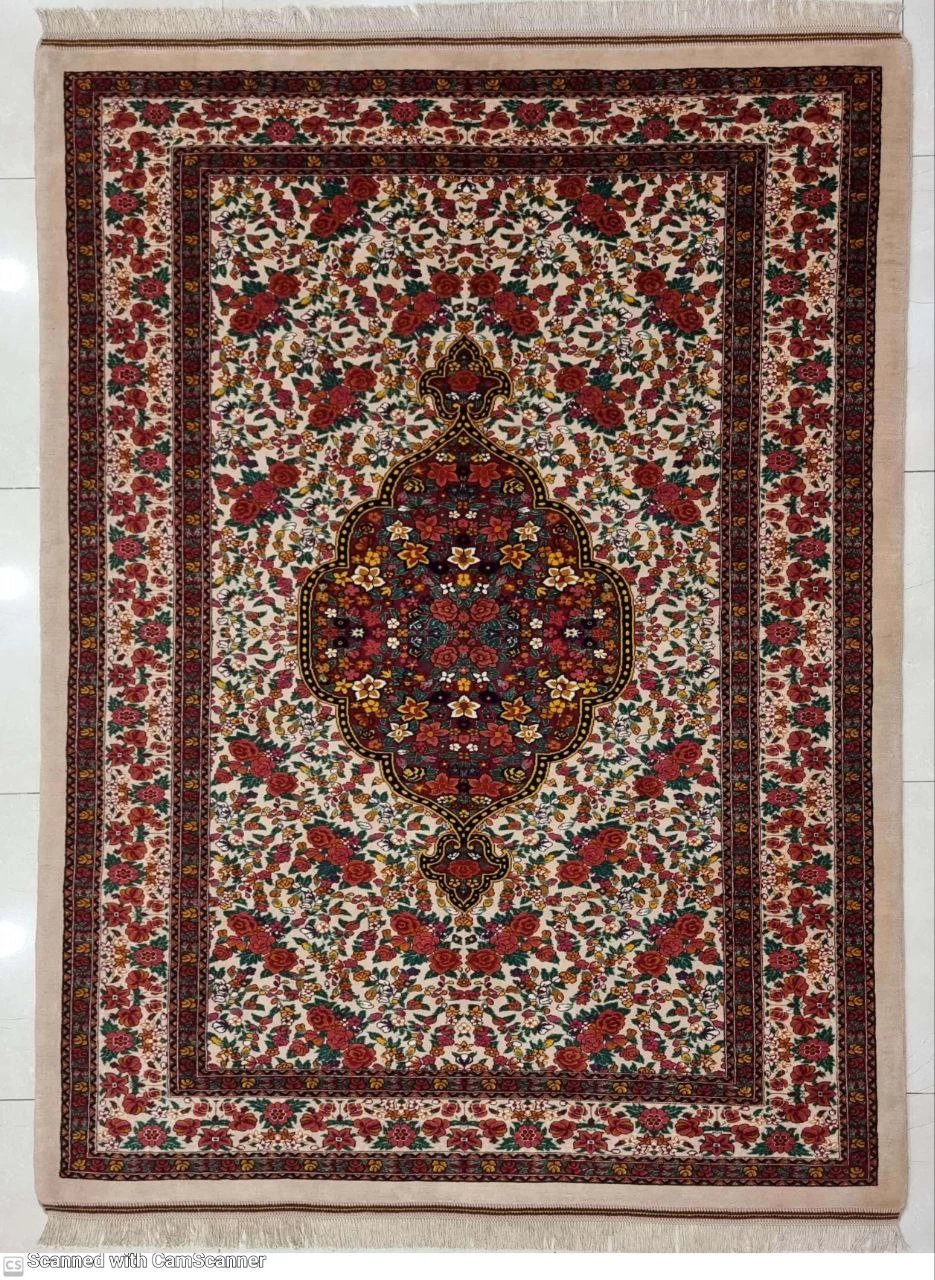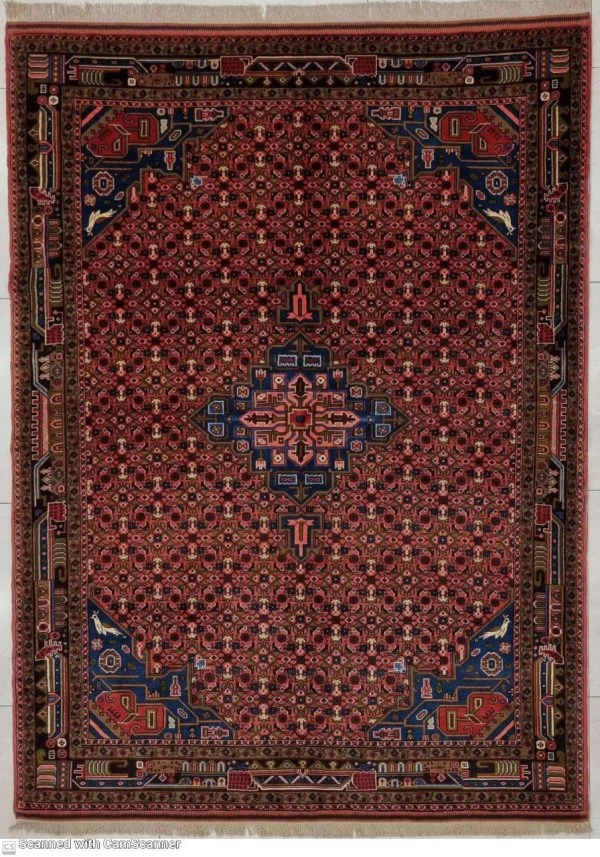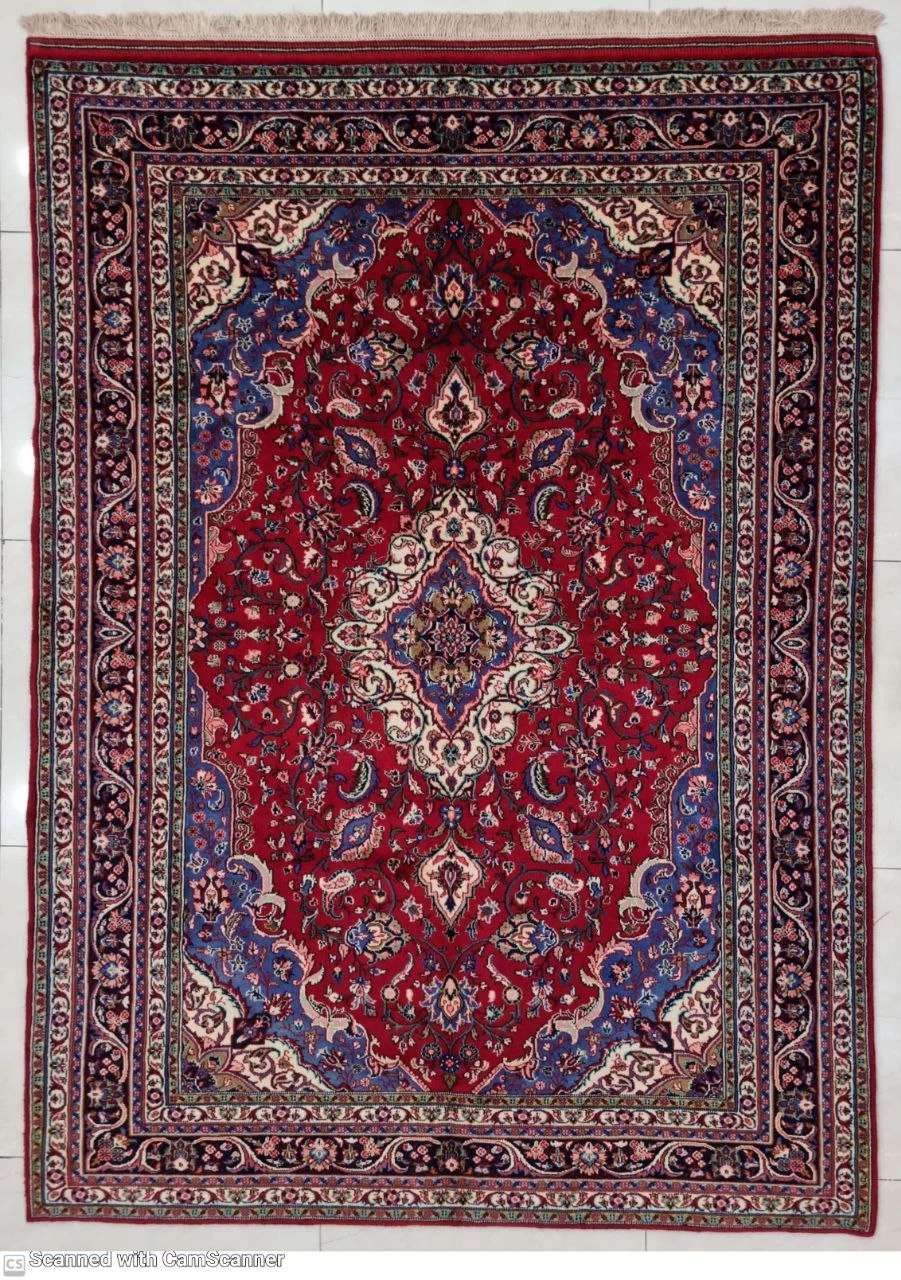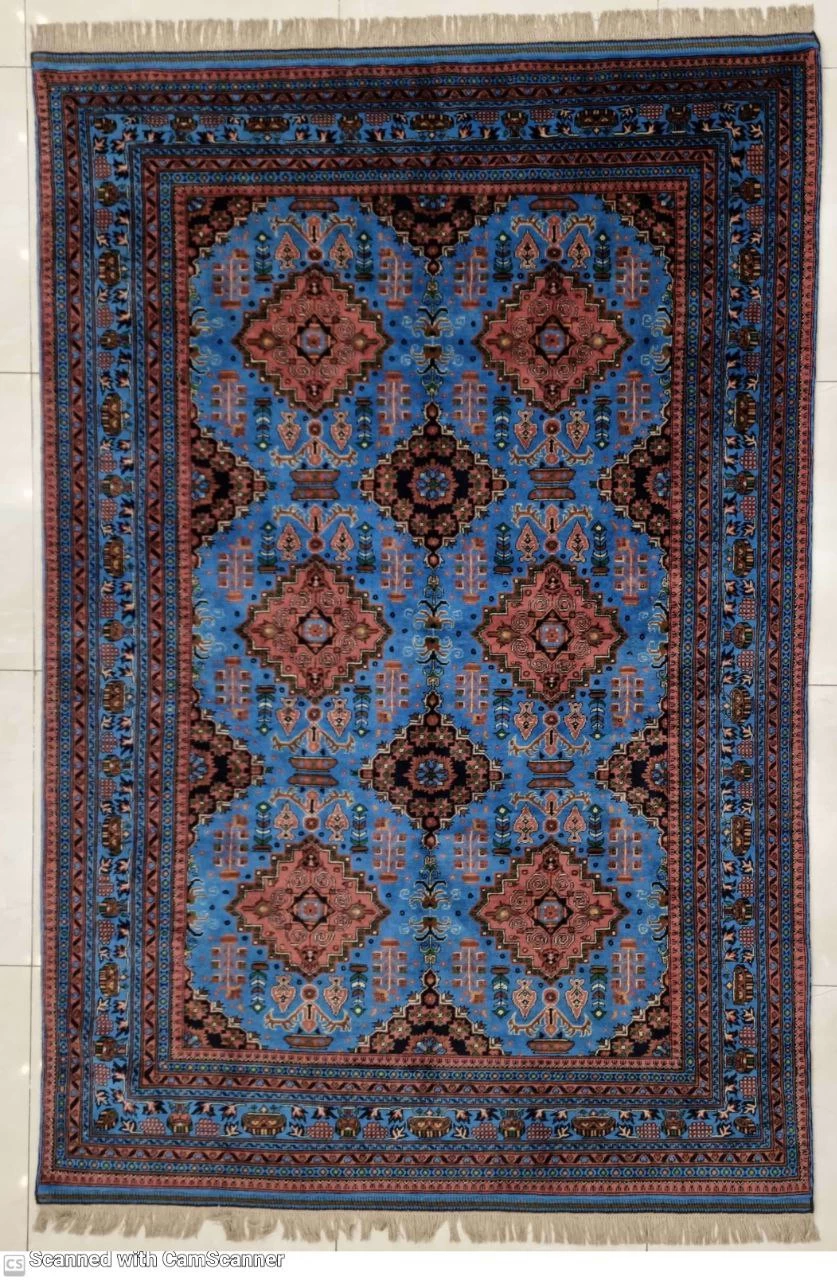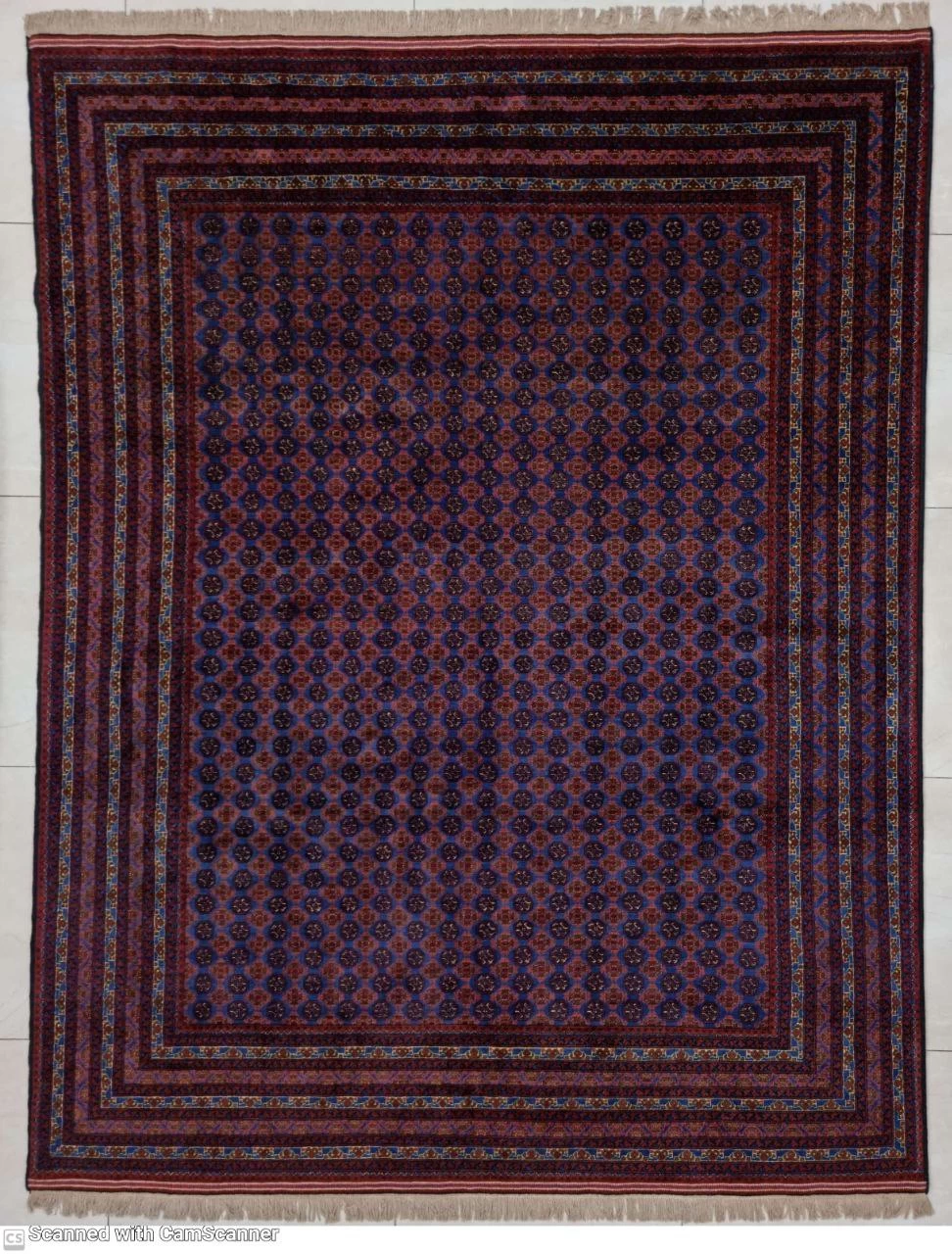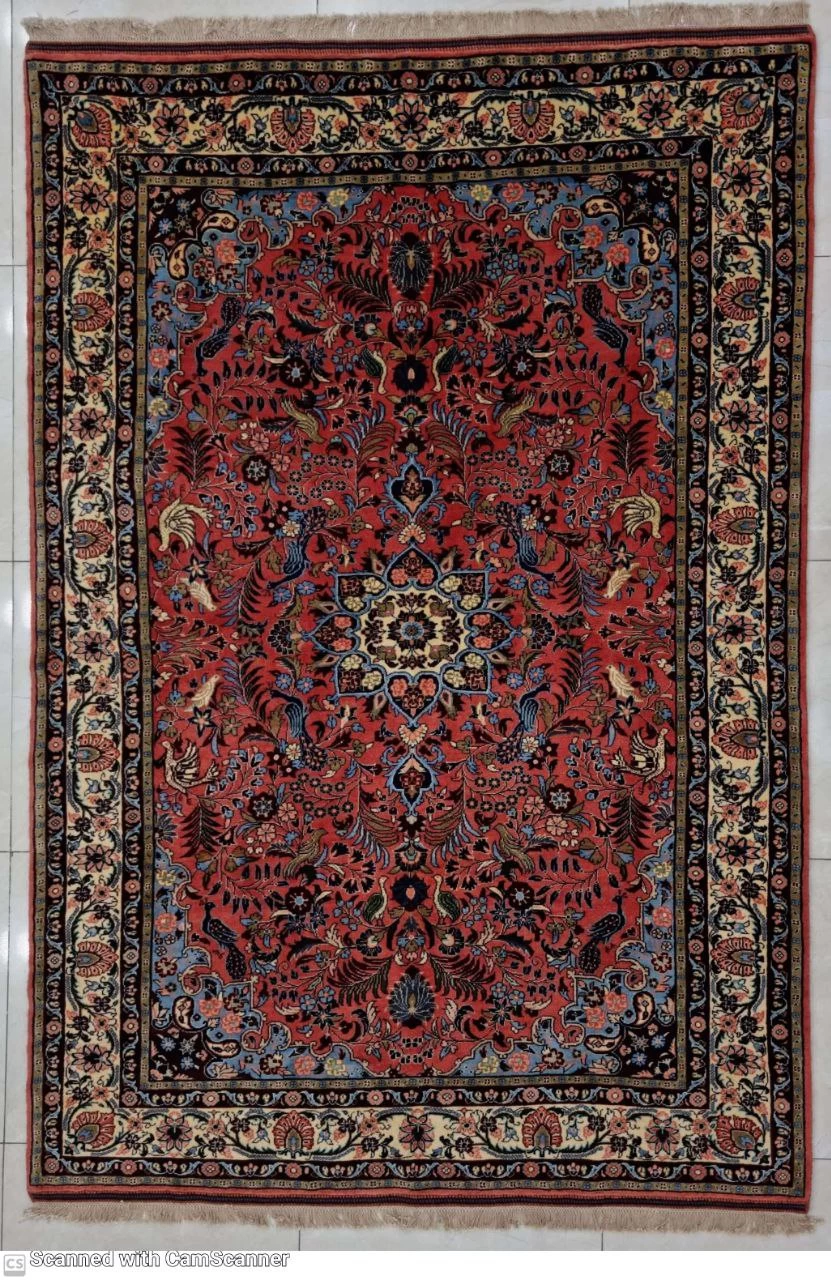Carpet
Carpets come in various styles, materials, and patterns, offering both comfort and aesthetic appeal to homes and spaces. They can add warmth to a room, reduce noise, and provide a soft surface underfoot. Regular maintenance, such as vacuuming and occasional deep cleaning, helps keep carpets in good.
Carpets come in a wide range of styles, each contributing to the overall look and feel of a space. Some common carpet styles include:
1. Cut Pile:
- Plush:Dense and velvety, offering a luxurious feel.
- Saxony:Similar to plush but with longer fibers, creating a more formal appearance.
- Textured: Fibers have a twisted surface, providing a casual and comfortable look.
2. Loop Pile:
- Berber: Has looped fibers, often with a speckled appearance, known for durability.
- Level Loop: Uniform loop height for a smooth surface.
- Multi-Level Loop:Varied loop heights create patterns or textures.
3. Cut and Loop:
-Patterned: Combines cut and looped fibers to create intricate patterns or designs.
4. Frieze:
- Twisted fibers create a contemporary and textured appearance, known for hiding footprints and dirt.
5. Shag:
- Long, loose fibers for a relaxed and casual look, providing a soft and cozy feel.
6. Sisal and Jute:
- Natural fiber carpets, often woven, offering a rustic and earthy aesthetic.
7. Carpet Tiles:
- Modular pieces that can be arranged in various patterns, providing flexibility and easy replacement.
When choosing a carpet style, considerations include the room's function, traffic level, and desired aesthetics. Each style has its unique characteristics, catering to different preferences and practical needs.


Carpets are made from various materials, each with its own characteristics in terms of durability, comfort, and appearance. Here are some common carpet materials:
1. Nylon:
- Durable and resilient.
- Resists stains and abrasion.
- Widely used in high-traffic areas.
2. Polyester:
- Soft and luxurious feel.
- Resistant to fading and stains.
- Environmentally friendly (made from recycled materials).
3. Olefin (Polypropylene):
- Budget-friendly option.
- Resistant to moisture and mildew.
- Often used for outdoor carpets.
4. Wool:
- Natural fiber with a luxurious feel.
- Resistant to stains and soil.
- Known for warmth and insulation.
5. Acrylic:
- Mimics the look and feel of wool.
- Resistant to mold and mildew.
- Not as durable as some other materials.
6. Blends:
- Combining different fibers for a balance of characteristics.
- Common blends include nylon and polyester.
7. Natural Fibers (Sisal, Jute, Seagrass):
- Eco-friendly options.
- Bring a natural and textured look to spaces.
- May require more maintenance.
8. Smart Fibers:
- Innovations like SmartStrand use technologies to resist stains and provide durability.
When choosing a carpet material, consider factors like the room's purpose, foot traffic, and maintenance preferences. Each material has its strengths, and the right choice depends on the specific needs of the space.
Iranian carpets, often referred to as Persian carpets, are renowned for their exquisite craftsmanship and artistic design. Here are some key features of Iranian carpets:
1. Rich History:
- Iran has a long history of carpet weaving, dating back thousands of years.
- Traditional patterns and techniques have been passed down through generations.
2. Materials:
- High-quality materials, such as wool, silk, or a combination of both, are used.
- Silk carpets are particularly prized for their luster and fine texture.
3. Handmade Craftsmanship:
- Iranian carpets are predominantly handmade, reflecting the skill and dedication of artisan weavers.
- The process involves intricate knotting techniques that contribute to the carpets' durability.
4. Diverse Designs:
- Iranian carpets showcase a wide range of designs, often inspired by cultural, historical, or natural elements.
- Common motifs include geometric patterns, floral designs, and intricate medallions.
5. Regional Varieties:
- Different regions in Iran produce carpets with distinct styles. For example, Tabriz carpets may feature elaborate floral patterns, while Qom carpets often have intricate medallions.
6. Color Palette:
- Iranian carpets boast a rich and harmonious color palette. Natural dyes are traditionally used, creating vibrant and long-lasting colors.
7. Collector's Items:
- Antique and rare Iranian carpets are highly sought after by collectors worldwide.
- The uniqueness and cultural significance of each piece contribute to their value.
8. Cultural Significance:
- Iranian carpets are not just decorative items; they hold cultural and symbolic importance in Persian traditions.
- They are often used in ceremonies, weddings, and other significant events.
Owning an Iranian carpet is not only about having a functional floor covering but also possessing a piece of art that reflects the cultural heritage and artistic traditions of Iran.


Iran's carpets, often referred to as Persian carpets, have gained worldwide popularity for several reasons:
1. Artistic Craftsmanship:
- Iranian carpets are meticulously handwoven by skilled artisans, showcasing a level of craftsmanship that is highly regarded globally.
2. Intricate Designs:
- The carpets feature intricate and diverse designs inspired by Persian culture, history, and nature. These patterns contribute to their aesthetic appeal and uniqueness.
3. Quality Materials:
- Carpets from Iran are made using high-quality materials, such as wool, silk, or a blend of both. The use of natural fibers contributes to their durability and luxurious feel.
4. Handmade Tradition:
- The tradition of handmade carpet weaving has been passed down through generations in Iran. This dedication to traditional methods adds value to each piece.
5. Regional Varieties:
- Different regions in Iran produce carpets with distinct styles and characteristics. This diversity allows buyers to choose carpets that align with their preferences.
6. Rich Color Palette:
- Iranian carpets are known for their vibrant and harmonious color palette. Natural dyes are often used, creating long-lasting and visually appealing colors.
7. Cultural Significance:
- Persian carpets hold cultural and symbolic importance in Iranian traditions. They are often associated with ceremonies, celebrations, and significant life events.
8. Collector's Items:
- Antique and rare Iranian carpets are considered valuable collector's items. The combination of historical significance and craftsmanship makes them sought after by collectors worldwide.
9. Global Influence:
- Iran's carpets have influenced carpet weaving traditions in various countries. The Persian carpet style is often imitated, but the authenticity of Iranian craftsmanship remains unmatched.
In summary, the popularity of Iranian carpets can be attributed to their artistic quality, cultural significance, diverse designs, and the enduring tradition of handmade craftsmanship.
- Plush:Dense and velvety, offering a luxurious feel.
- Saxony:Similar to plush but with longer fibers, creating a more formal appearance.
- Textured: Fibers have a twisted surface, providing a casual and comfortable look.
- Berber: Has looped fibers, often with a speckled appearance, known for durability.
- Level Loop: Uniform loop height for a smooth surface.
- Multi-Level Loop:Varied loop heights create patterns or textures.
-Patterned: Combines cut and looped fibers to create intricate patterns or designs.
- Twisted fibers create a contemporary and textured appearance, known for hiding footprints and dirt.
- Long, loose fibers for a relaxed and casual look, providing a soft and cozy feel.
- Natural fiber carpets, often woven, offering a rustic and earthy aesthetic.
- Modular pieces that can be arranged in various patterns, providing flexibility and easy replacement.


- Durable and resilient.
- Resists stains and abrasion.
- Widely used in high-traffic areas.
- Soft and luxurious feel.
- Resistant to fading and stains.
- Environmentally friendly (made from recycled materials).
- Budget-friendly option.
- Resistant to moisture and mildew.
- Often used for outdoor carpets.
- Natural fiber with a luxurious feel.
- Resistant to stains and soil.
- Known for warmth and insulation.
- Mimics the look and feel of wool.
- Resistant to mold and mildew.
- Not as durable as some other materials.
- Combining different fibers for a balance of characteristics.
- Common blends include nylon and polyester.
- Eco-friendly options.
- Bring a natural and textured look to spaces.
- May require more maintenance.
- Innovations like SmartStrand use technologies to resist stains and provide durability.
- Iran has a long history of carpet weaving, dating back thousands of years.
- Traditional patterns and techniques have been passed down through generations.
- High-quality materials, such as wool, silk, or a combination of both, are used.
- Silk carpets are particularly prized for their luster and fine texture.
- Iranian carpets are predominantly handmade, reflecting the skill and dedication of artisan weavers.
- The process involves intricate knotting techniques that contribute to the carpets' durability.
- Iranian carpets showcase a wide range of designs, often inspired by cultural, historical, or natural elements.
- Common motifs include geometric patterns, floral designs, and intricate medallions.
- Different regions in Iran produce carpets with distinct styles. For example, Tabriz carpets may feature elaborate floral patterns, while Qom carpets often have intricate medallions.
- Iranian carpets boast a rich and harmonious color palette. Natural dyes are traditionally used, creating vibrant and long-lasting colors.
- Antique and rare Iranian carpets are highly sought after by collectors worldwide.
- The uniqueness and cultural significance of each piece contribute to their value.
- Iranian carpets are not just decorative items; they hold cultural and symbolic importance in Persian traditions.
- They are often used in ceremonies, weddings, and other significant events.


- Iranian carpets are meticulously handwoven by skilled artisans, showcasing a level of craftsmanship that is highly regarded globally.
- The carpets feature intricate and diverse designs inspired by Persian culture, history, and nature. These patterns contribute to their aesthetic appeal and uniqueness.
- Carpets from Iran are made using high-quality materials, such as wool, silk, or a blend of both. The use of natural fibers contributes to their durability and luxurious feel.
- The tradition of handmade carpet weaving has been passed down through generations in Iran. This dedication to traditional methods adds value to each piece.
- Different regions in Iran produce carpets with distinct styles and characteristics. This diversity allows buyers to choose carpets that align with their preferences.
- Iranian carpets are known for their vibrant and harmonious color palette. Natural dyes are often used, creating long-lasting and visually appealing colors.
- Persian carpets hold cultural and symbolic importance in Iranian traditions. They are often associated with ceremonies, celebrations, and significant life events.
- Antique and rare Iranian carpets are considered valuable collector's items. The combination of historical significance and craftsmanship makes them sought after by collectors worldwide.
- Iran's carpets have influenced carpet weaving traditions in various countries. The Persian carpet style is often imitated, but the authenticity of Iranian craftsmanship remains unmatched.
FAQs
What is Iranian carpet made of?
Iranian carpets are typically made of high-quality materials such as wool, silk, or a blend of both.
Why is Iranian carpet famous?
Iranian carpets are famous for their intricate designs, meticulous craftsmanship, and cultural significance. They are highly valued globally for their artistic quality and enduring tradition of handmade excellence.
How to choose a good carprt?
Choose a good carpet by considering factors like room function, foot traffic, durable materials, style alignment with decor, and maintenance preferences.
What's the difference between a carpet and kilim?
A carpet is a thick floor covering, while a kilim is a flat-woven rug with no pile, typically lighter and reversible.
 +7929688-88-14
+7929688-88-14

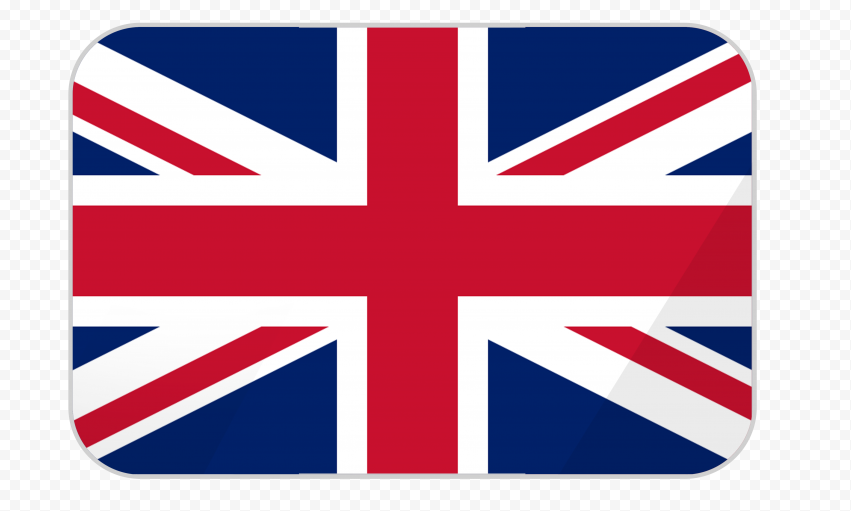 English
English
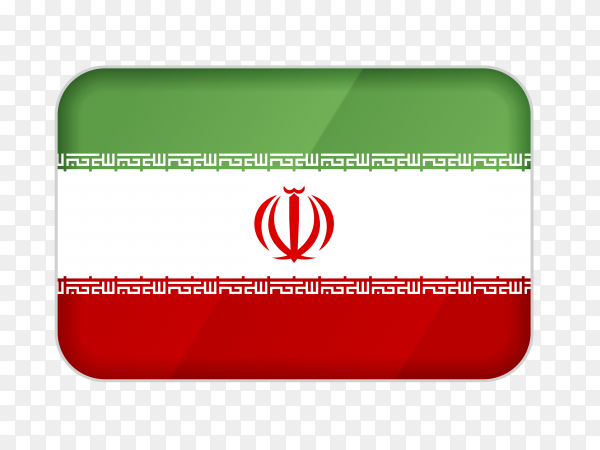 Persian
Persian
 Russian
Russian
 Chinese
Chinese


 +7929688-88-14
+7929688-88-14

